-
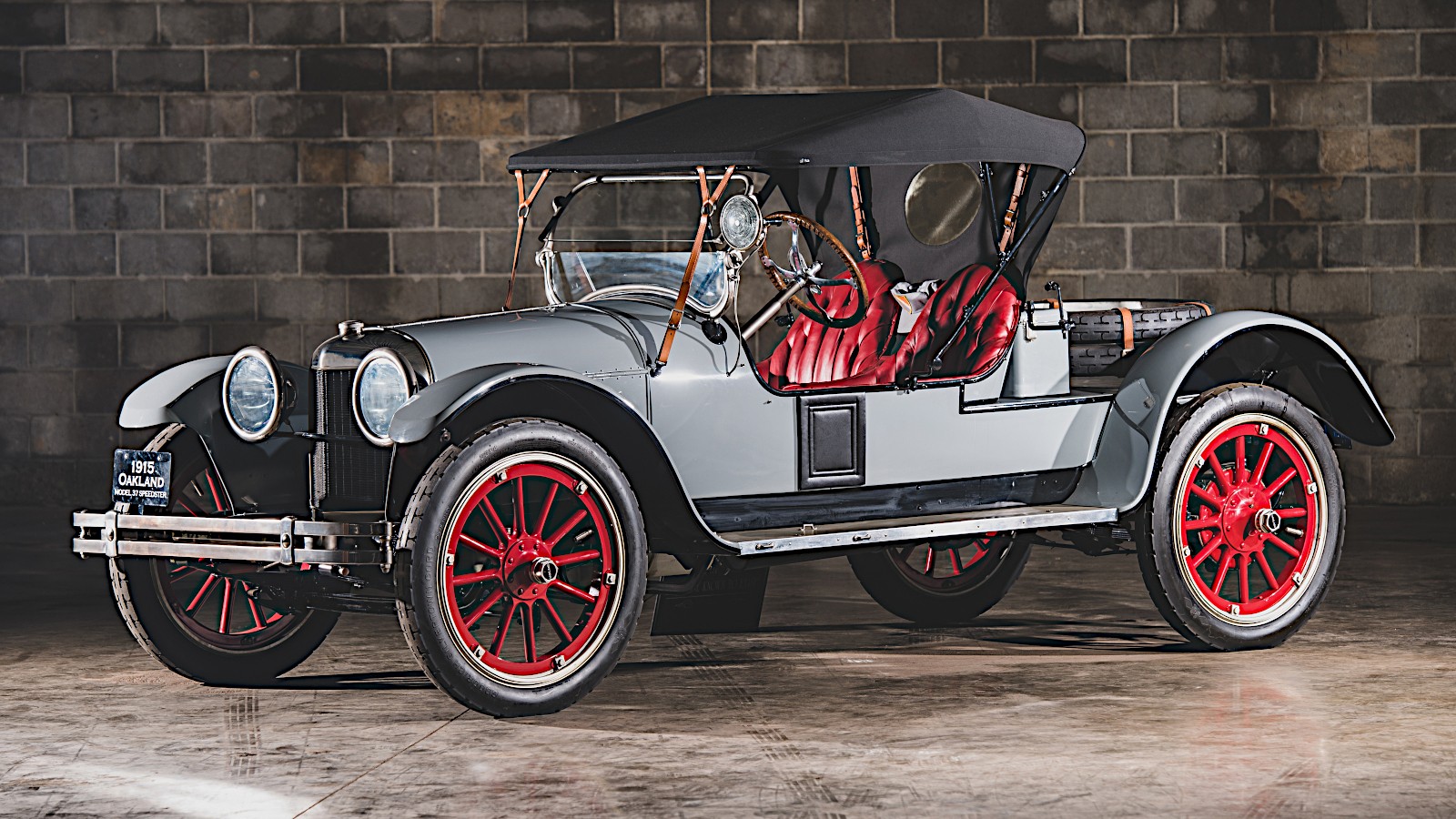 © RM Sotheby’s
© RM Sotheby’s -
 © RM Sotheby’s
© RM Sotheby’s -
 © RM Sotheby’s
© RM Sotheby’s -
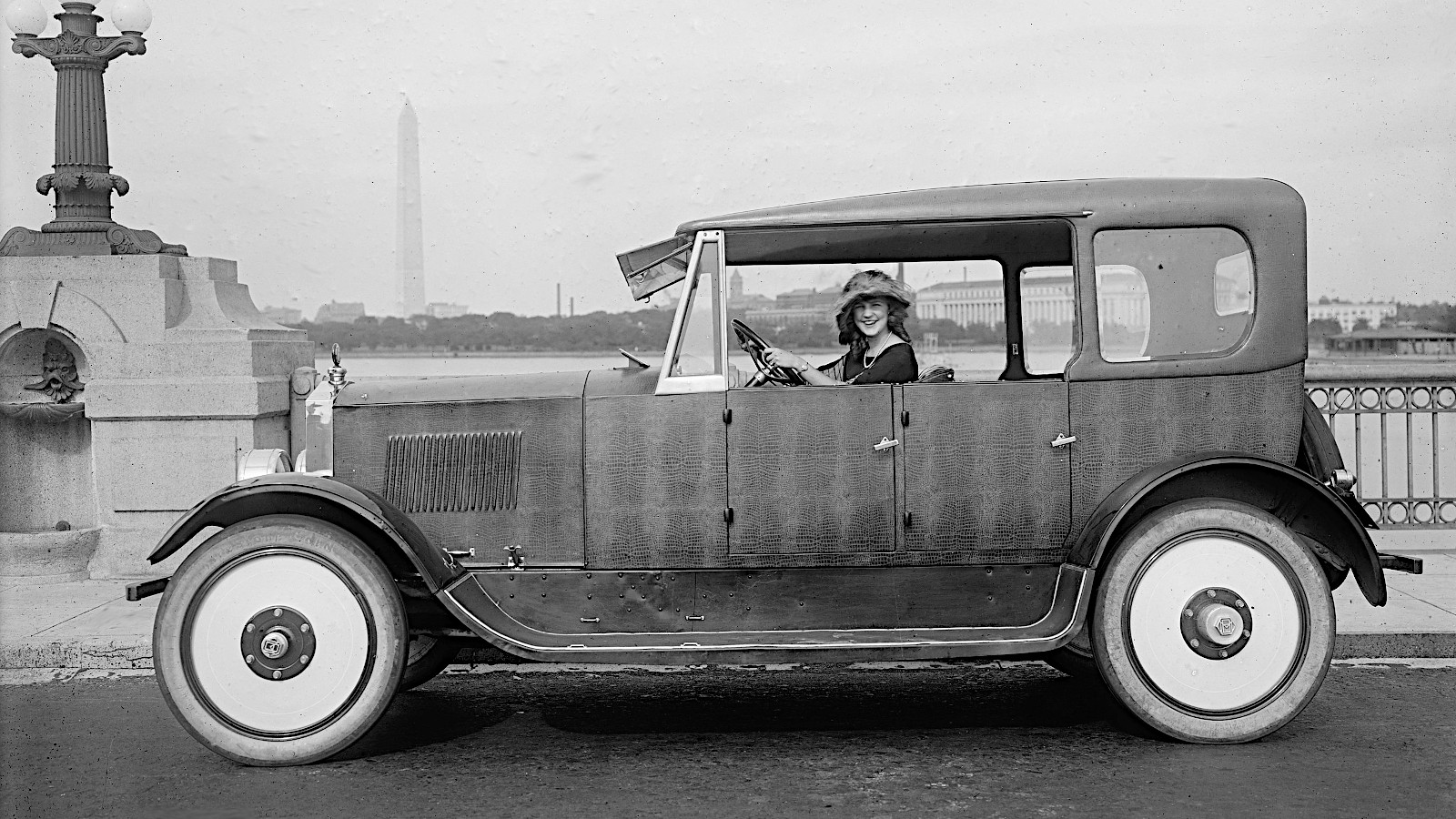 © United States Library of Congress/public domain
© United States Library of Congress/public domain -
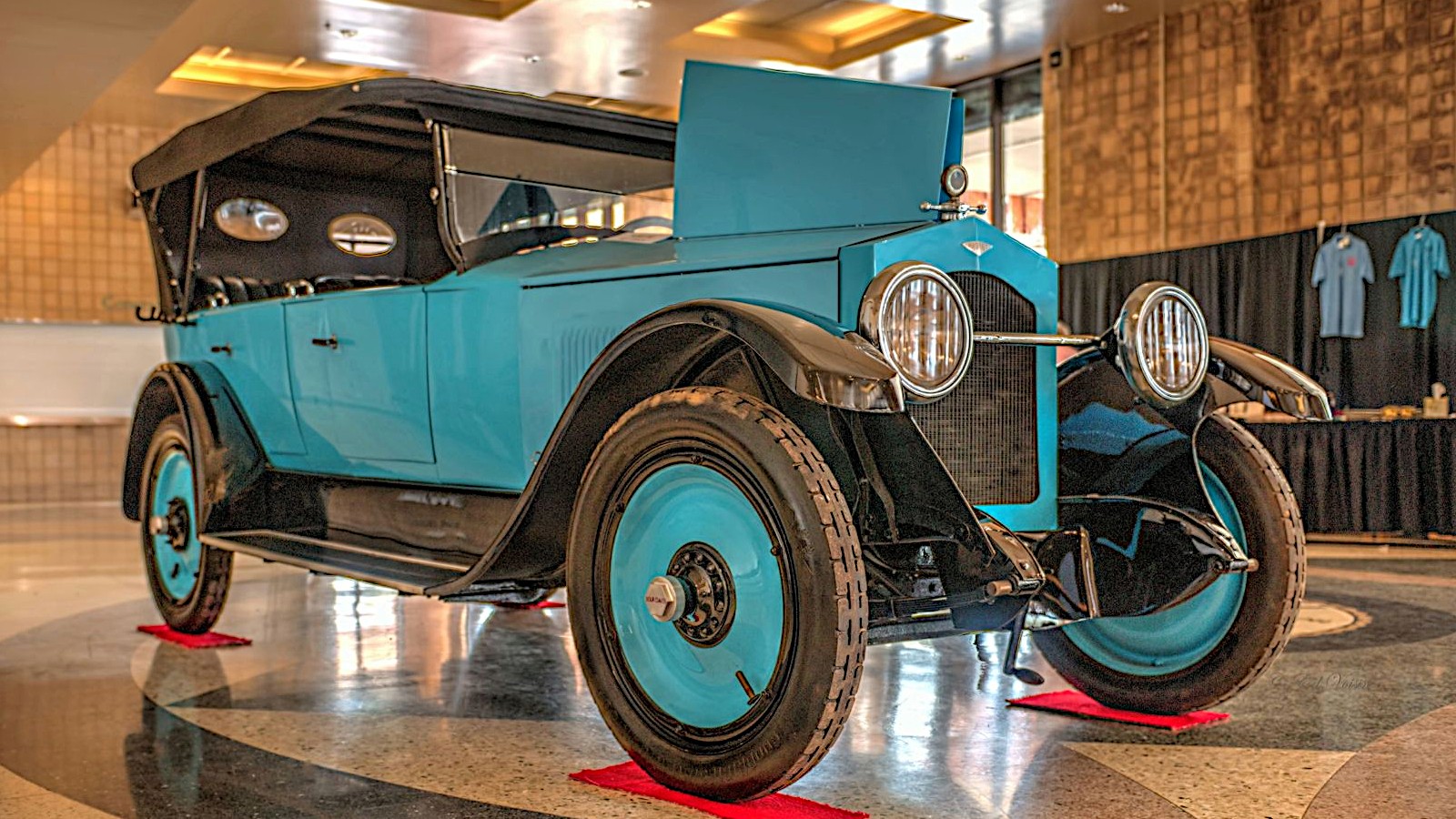 © Edgar Voisin/Creative Commons https://creativecommons.org/licenses/by-sa/4.0/legalcode
© Edgar Voisin/Creative Commons https://creativecommons.org/licenses/by-sa/4.0/legalcode -
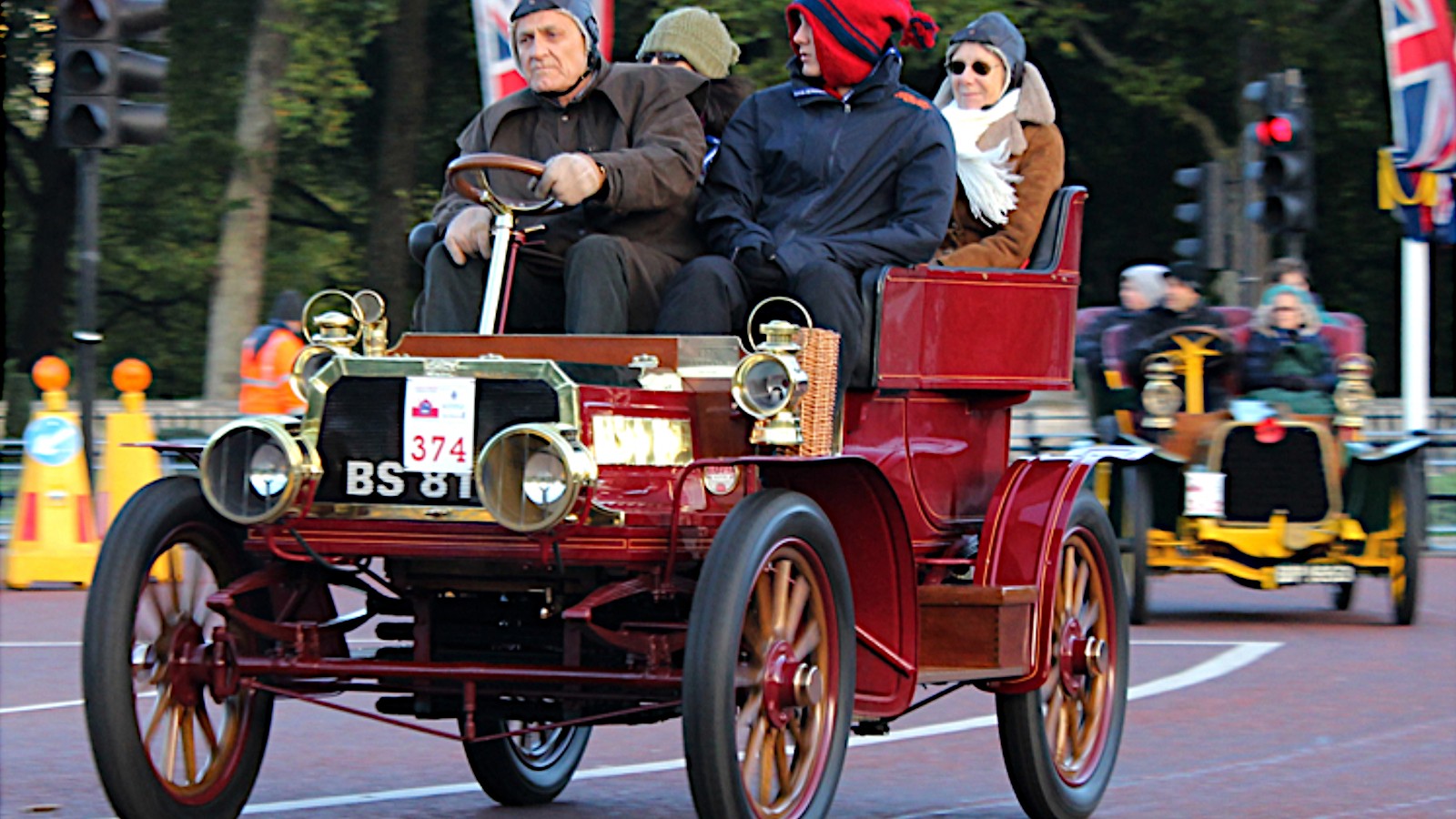 © Krzysztof Marek Wlodarczyk/Creative Commons licence https://creativecommons.org/licenses/by-sa/4.0/legalcode
© Krzysztof Marek Wlodarczyk/Creative Commons licence https://creativecommons.org/licenses/by-sa/4.0/legalcode -
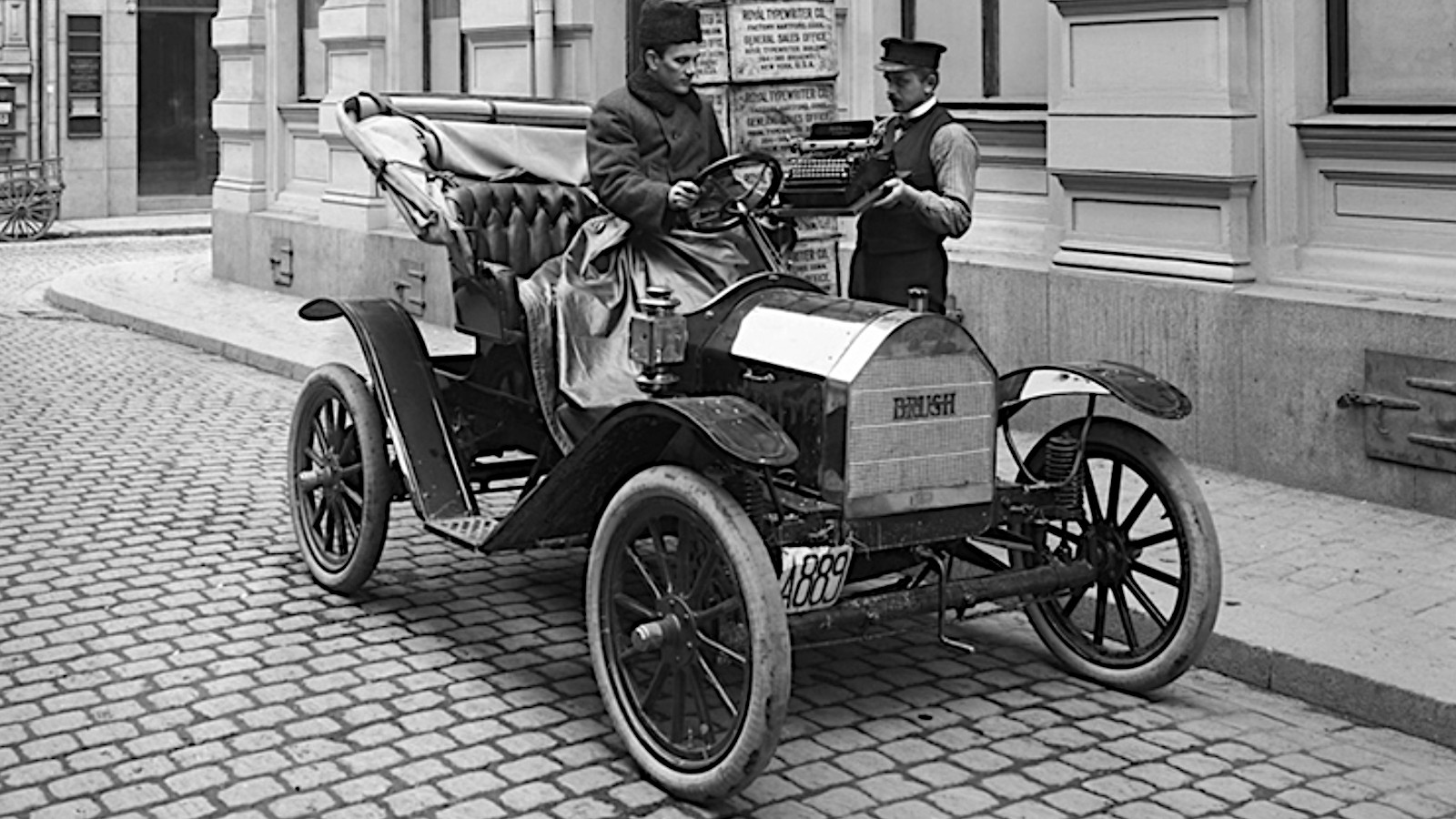 © Public domain
© Public domain -
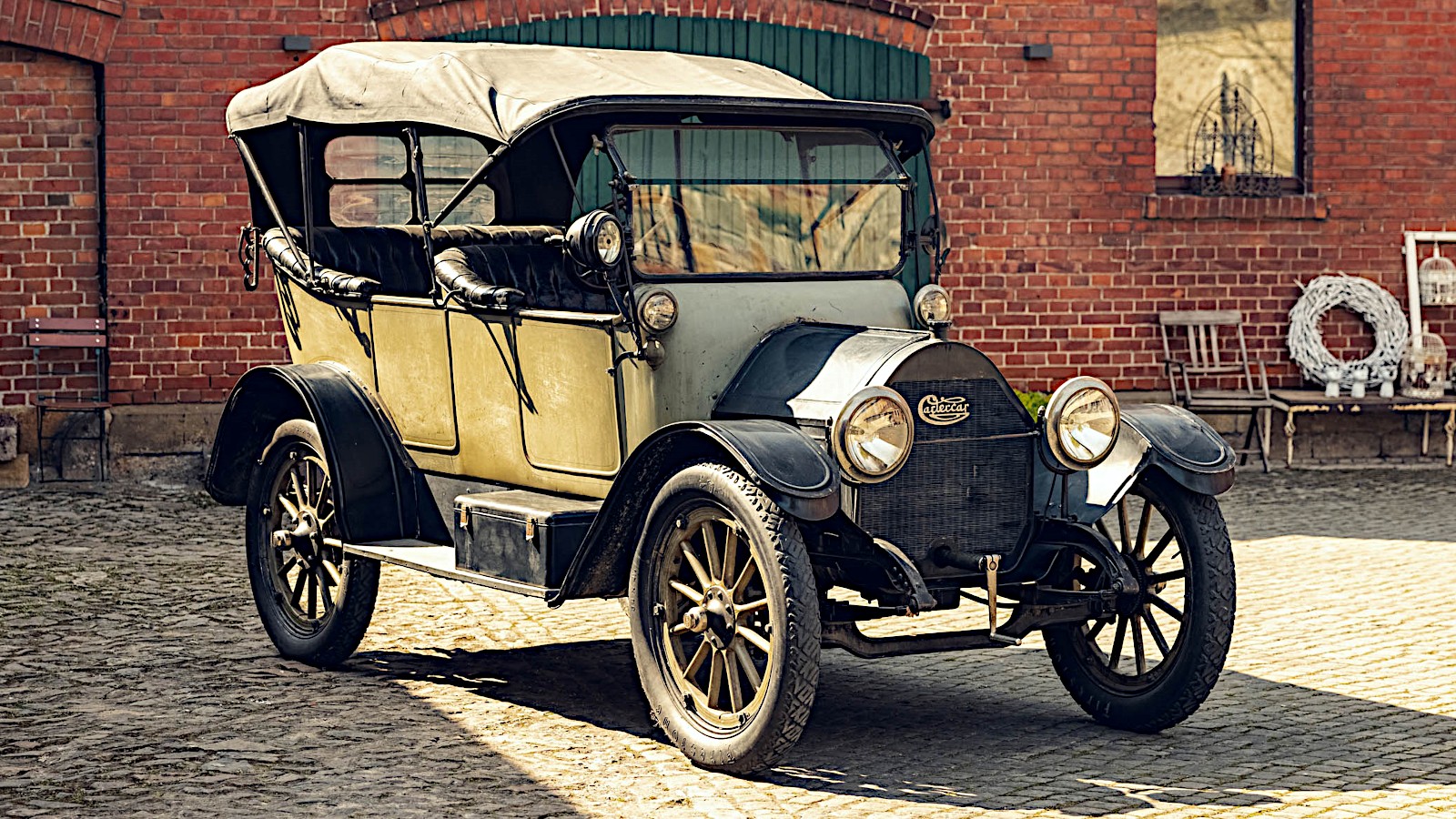 © RM Sotheby’s
© RM Sotheby’s -
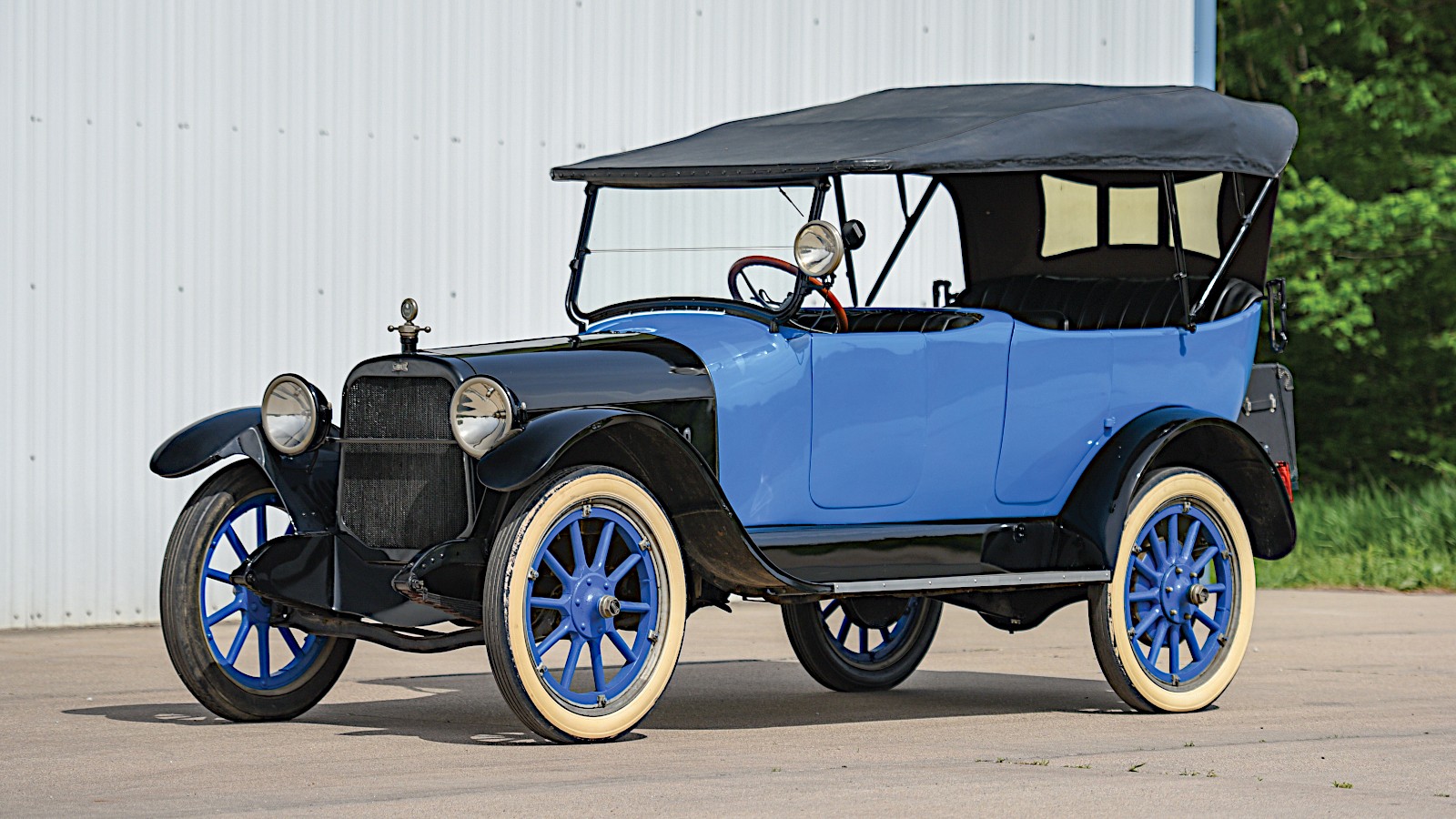 © RM Sotheby’s
© RM Sotheby’s -
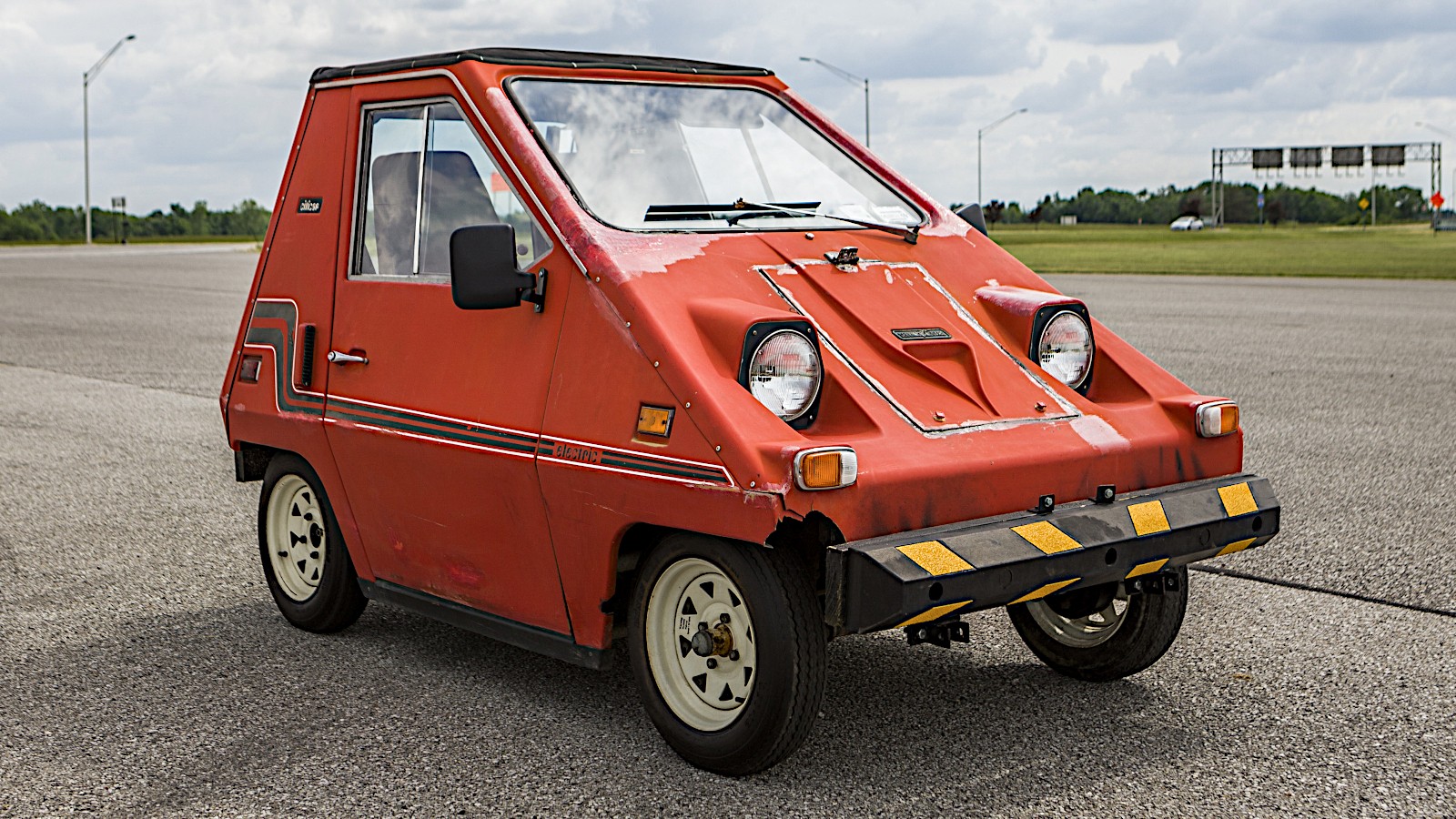 © RM Sotheby’s
© RM Sotheby’s -
 © RM Sotheby’s
© RM Sotheby’s -
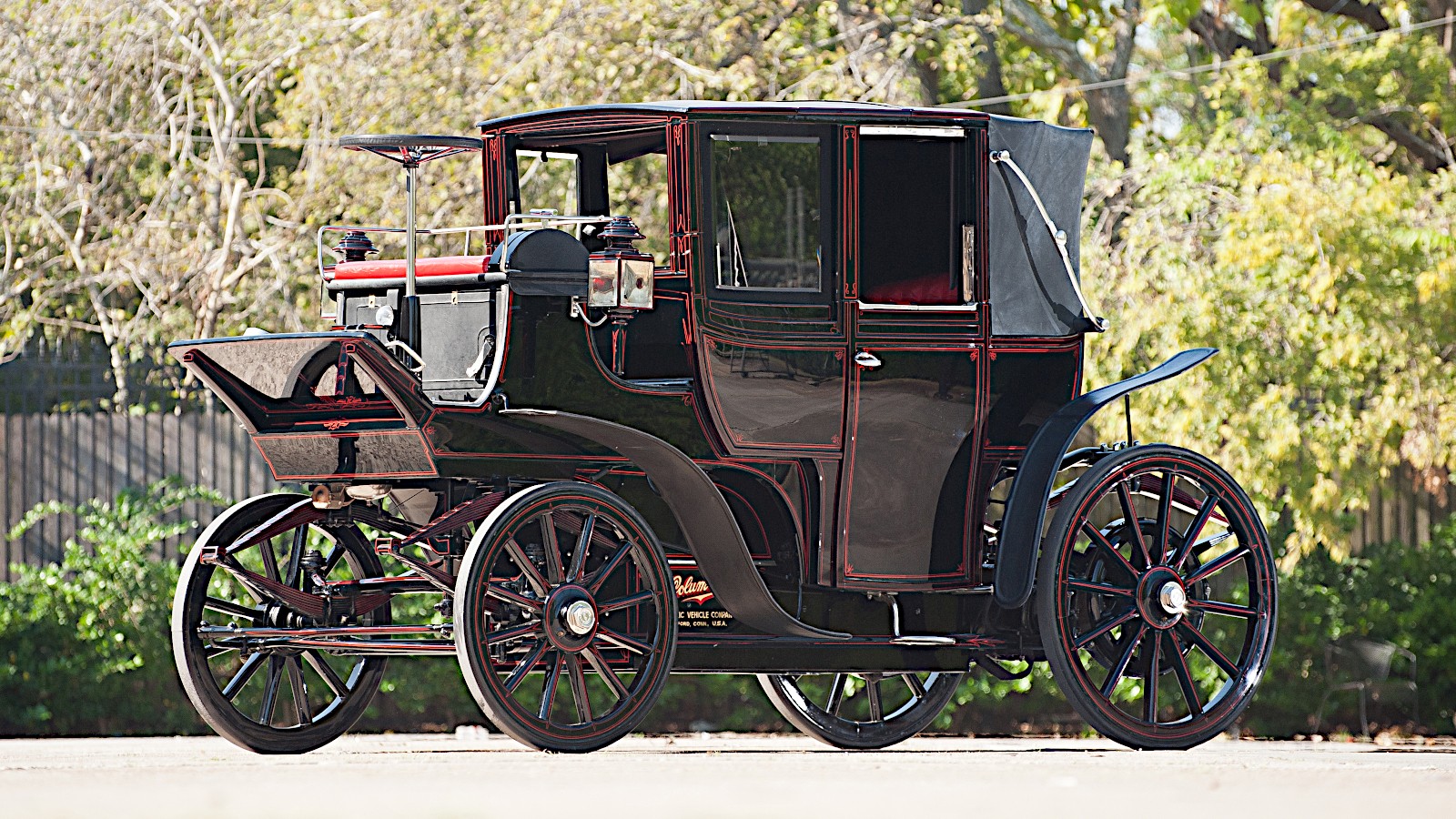 © RM Sotheby’s
© RM Sotheby’s -
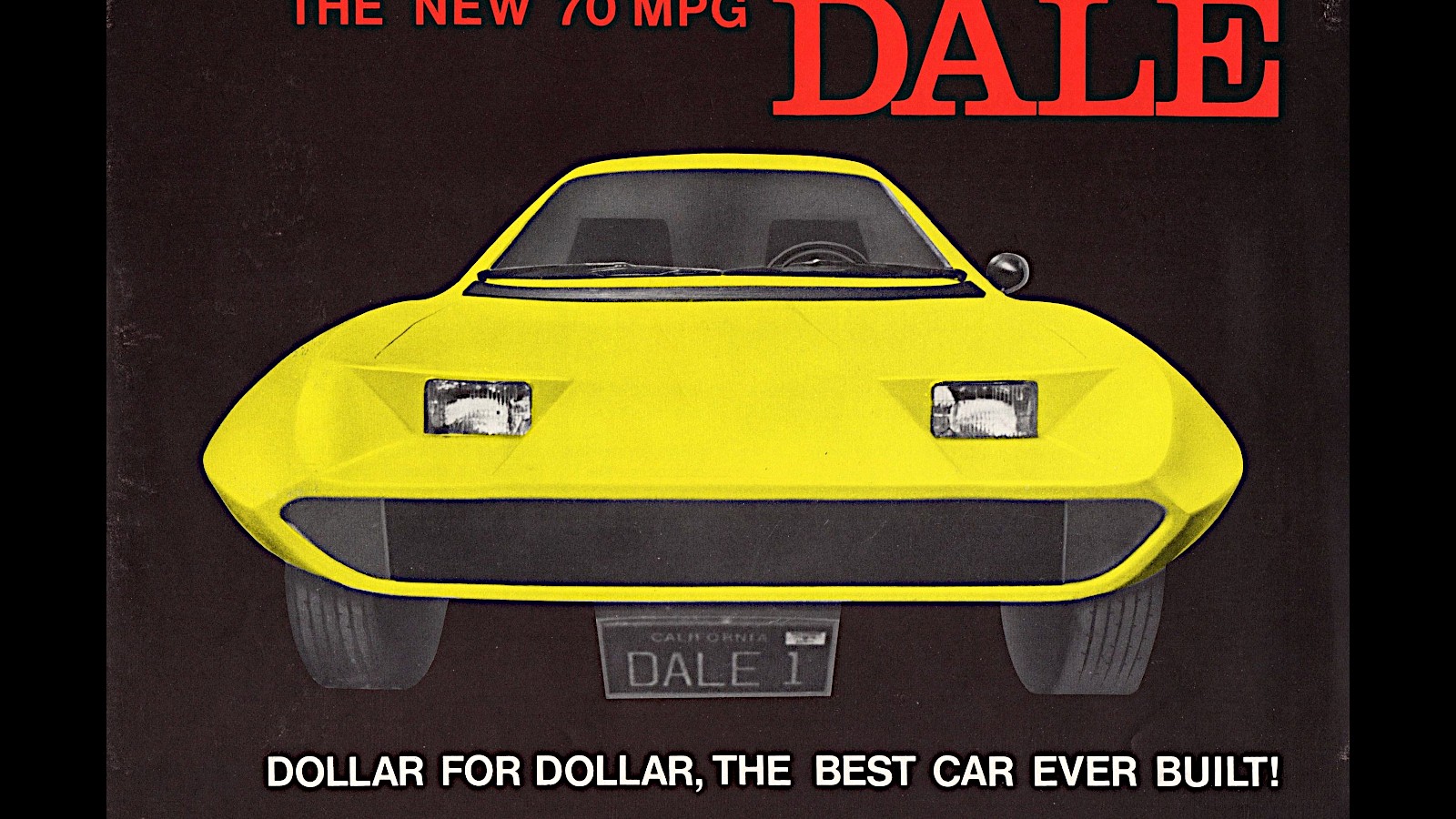 © Public domain
© Public domain -
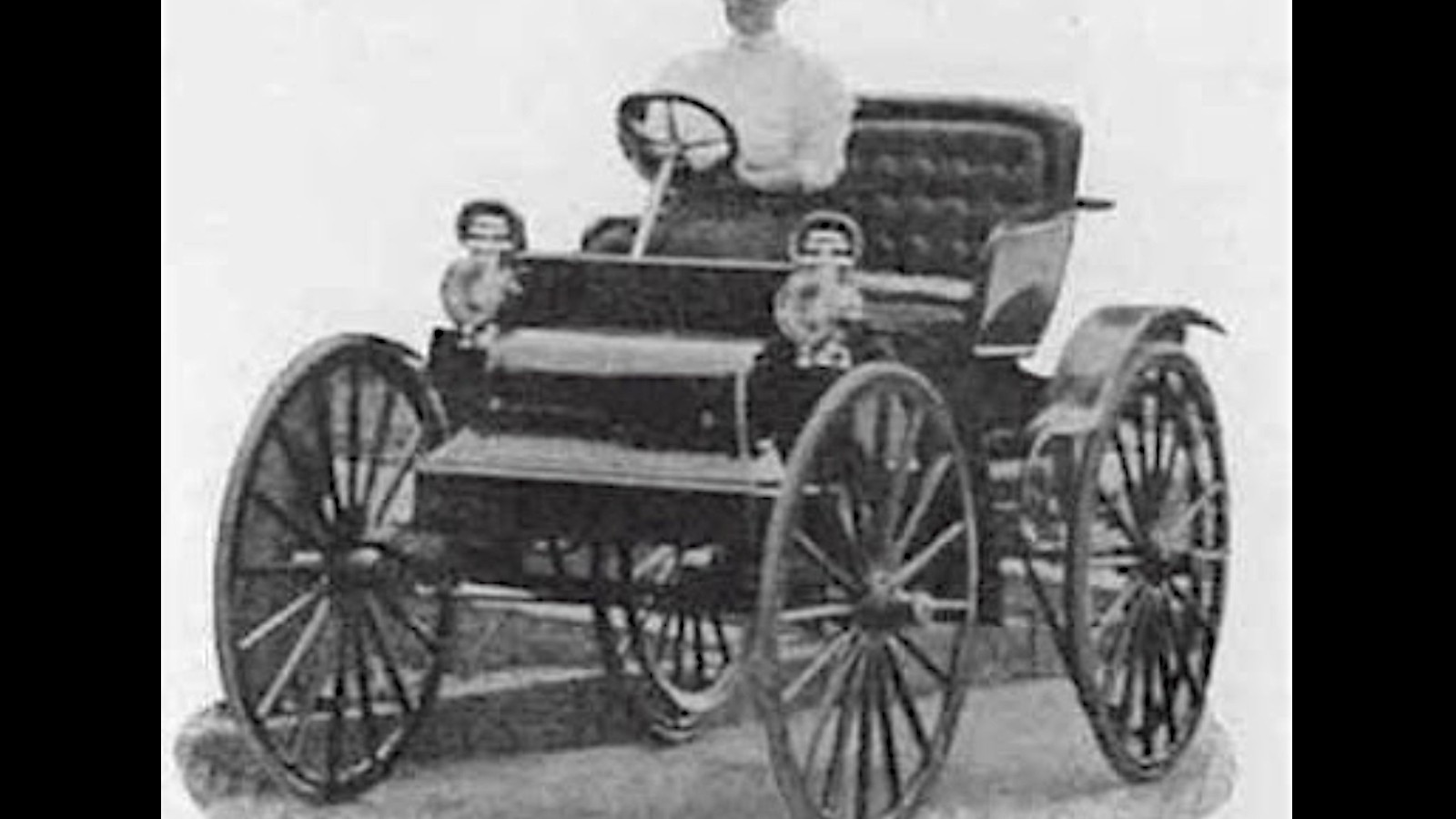 © Public domain
© Public domain -
 © RM Sotheby’s
© RM Sotheby’s -
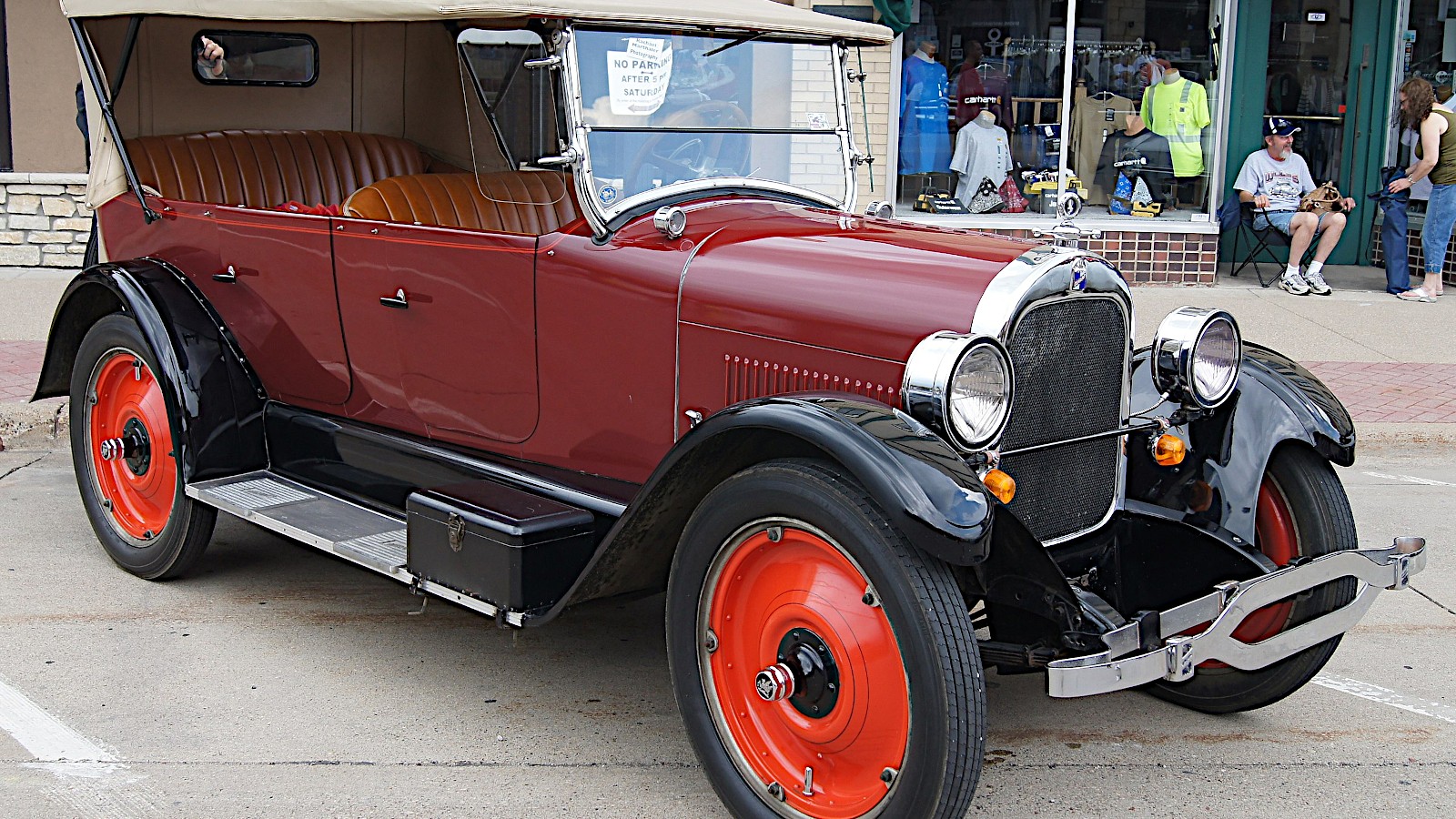 © Greg Gjerdingen/Creative Commons https://creativecommons.org/licenses/by/2.0/legalcode
© Greg Gjerdingen/Creative Commons https://creativecommons.org/licenses/by/2.0/legalcode -
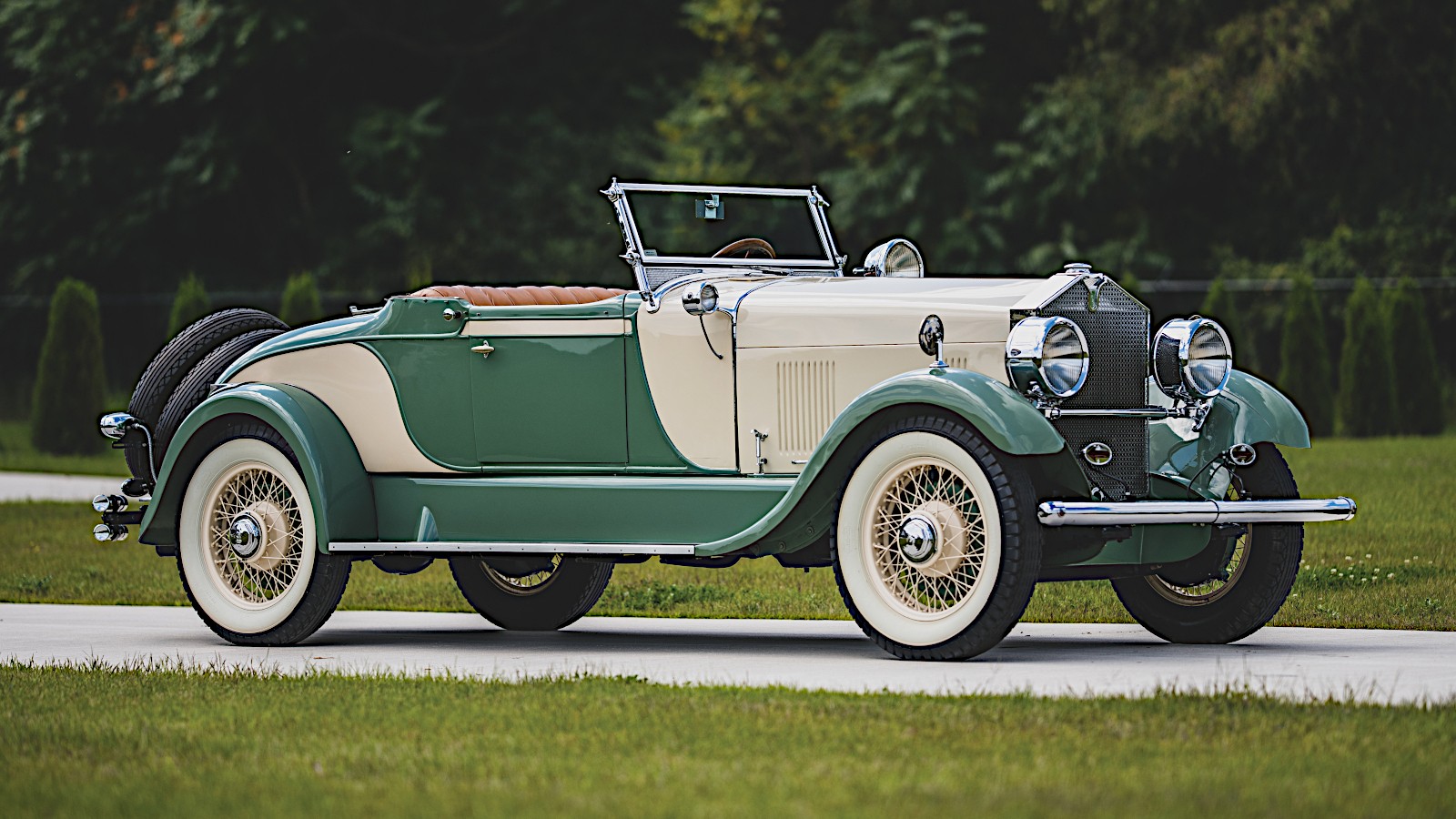 © RM Sotheby’s
© RM Sotheby’s -
 © RM Sotheby’s
© RM Sotheby’s -
 © RM Sotheby’s
© RM Sotheby’s -
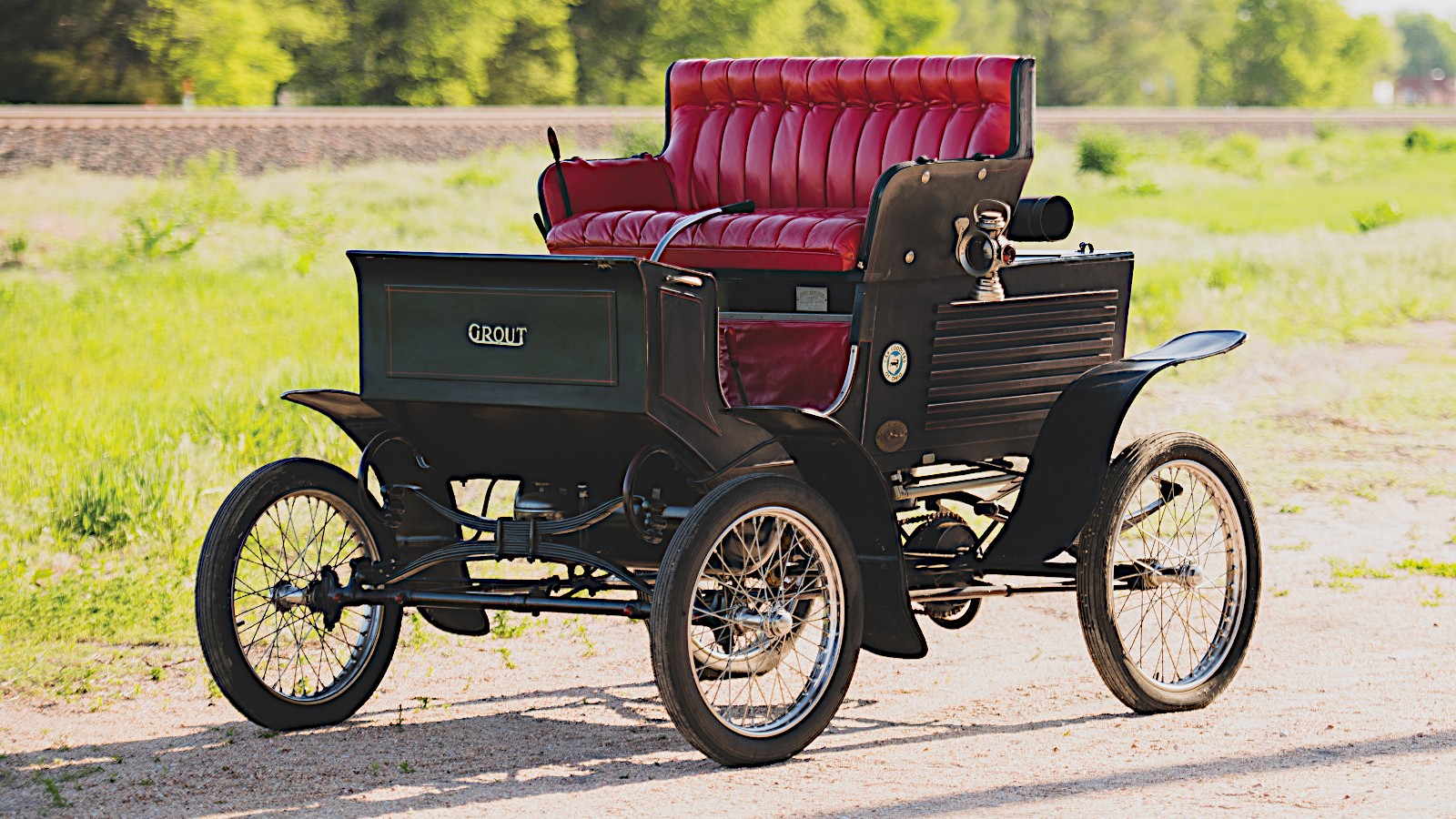 © RM Sotheby’s
© RM Sotheby’s -
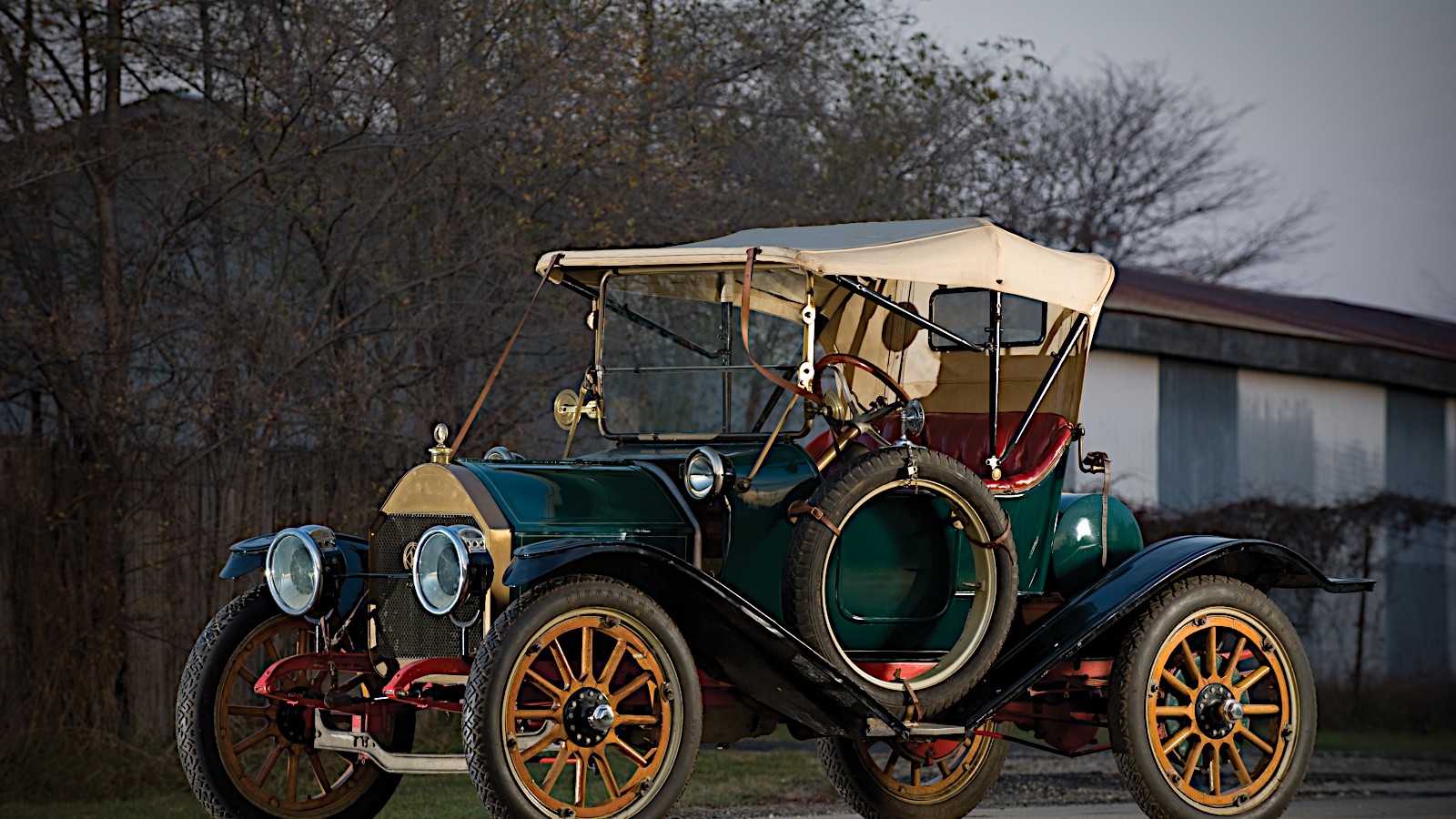 © RM Sotheby’s
© RM Sotheby’s -
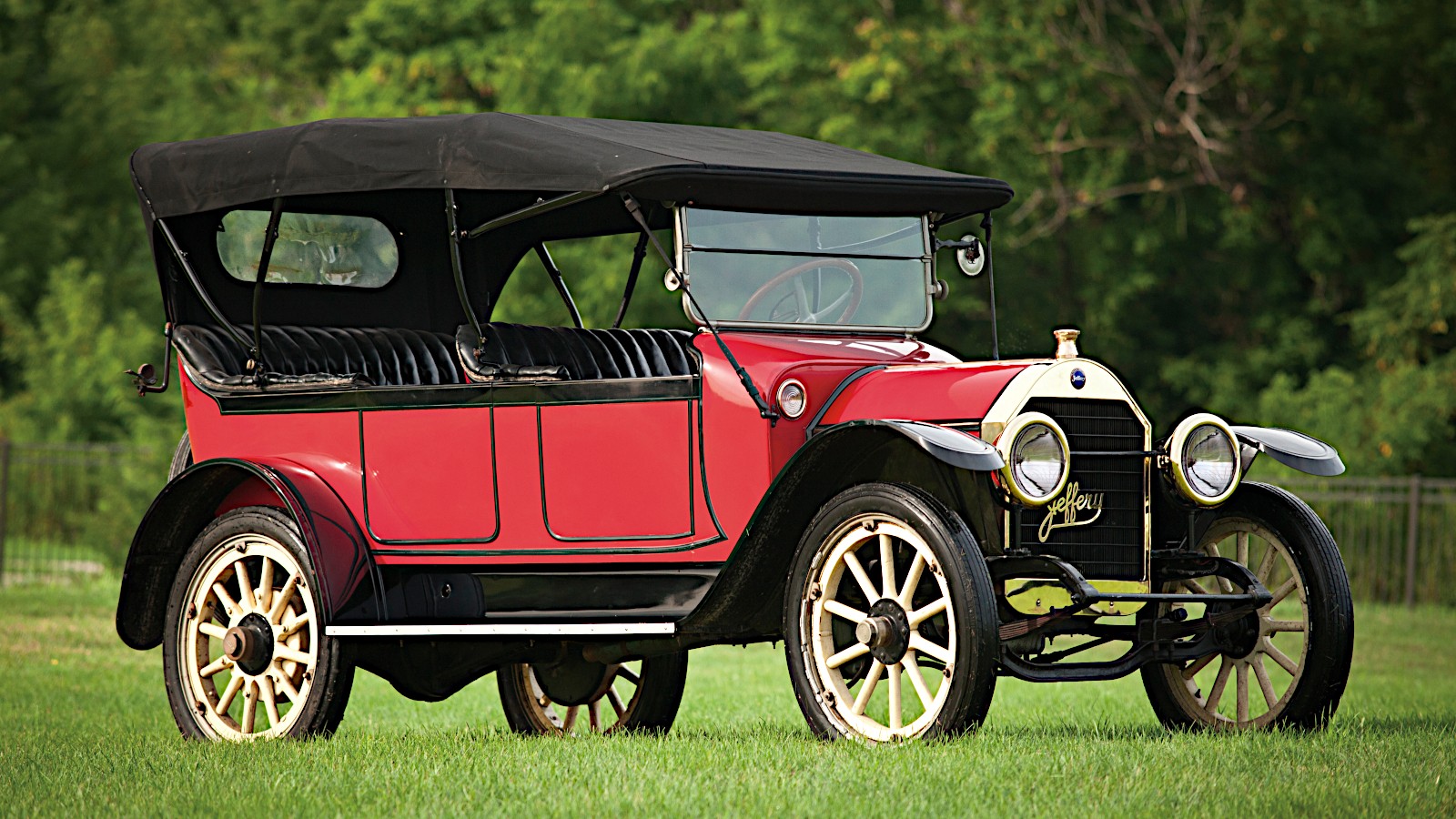 © RM Sotheby’s
© RM Sotheby’s -
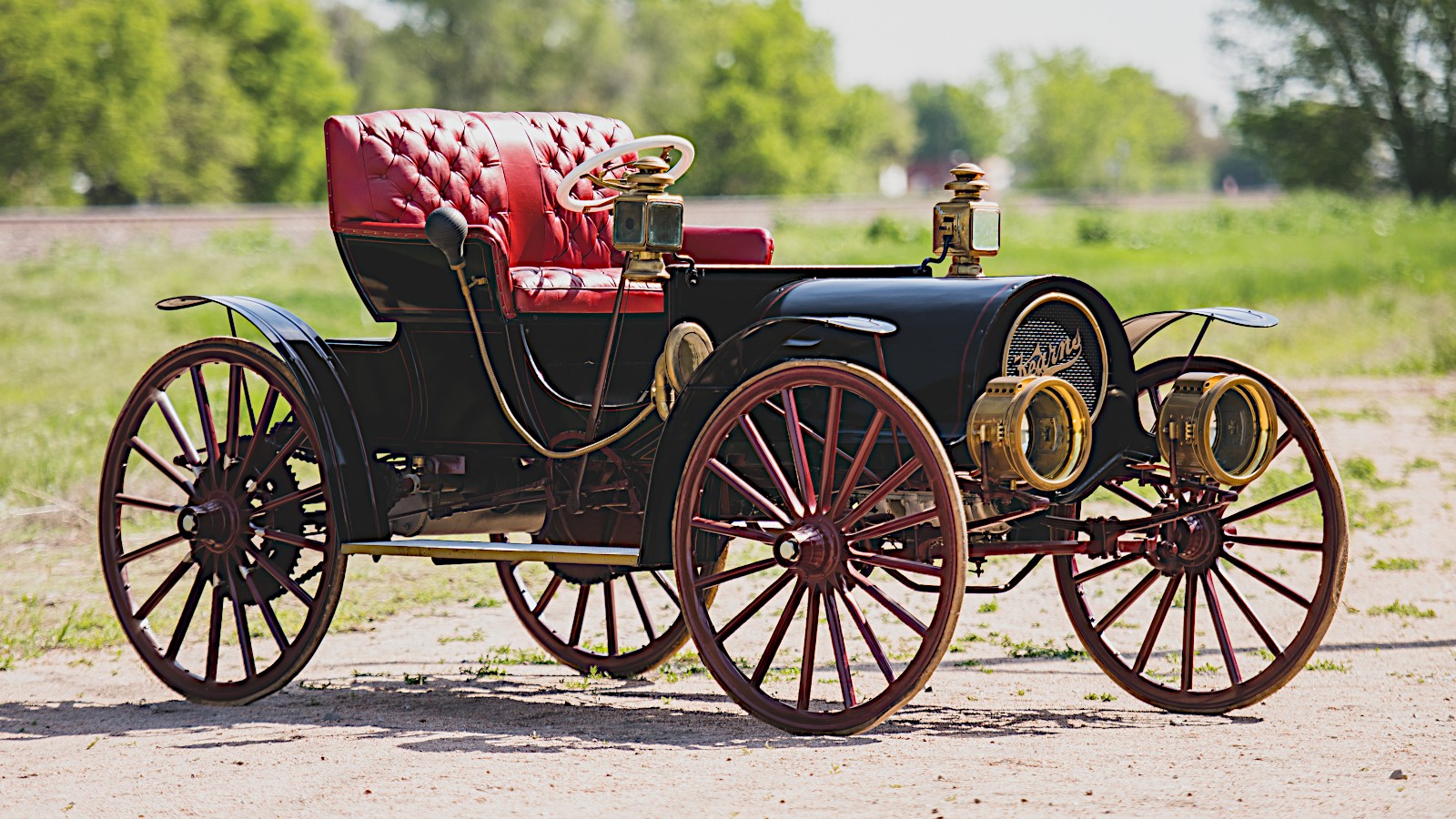 © RM Sotheby’s
© RM Sotheby’s -
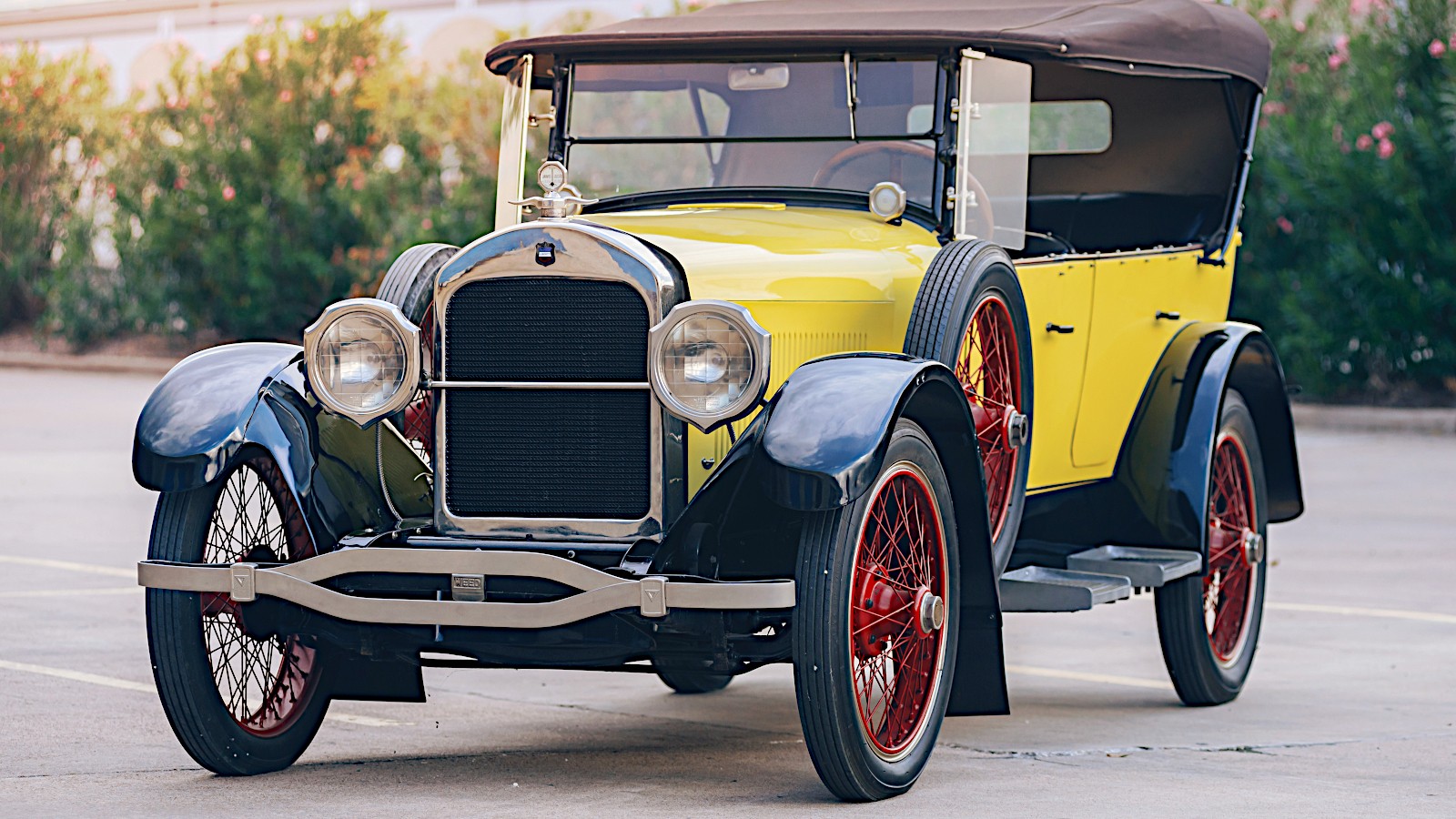 © RM Sotheby’s
© RM Sotheby’s -
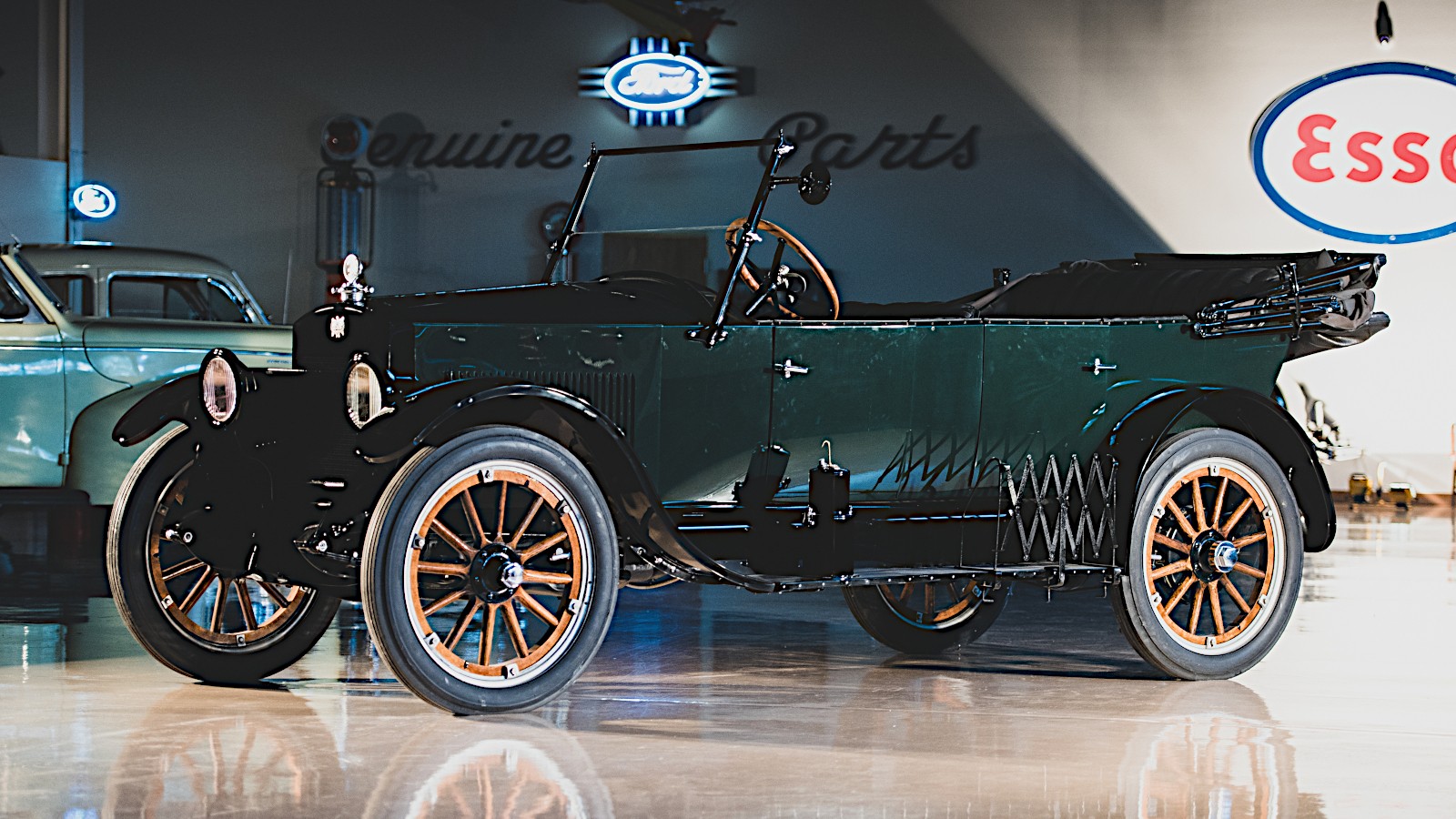 © RM Sotheby’s
© RM Sotheby’s -
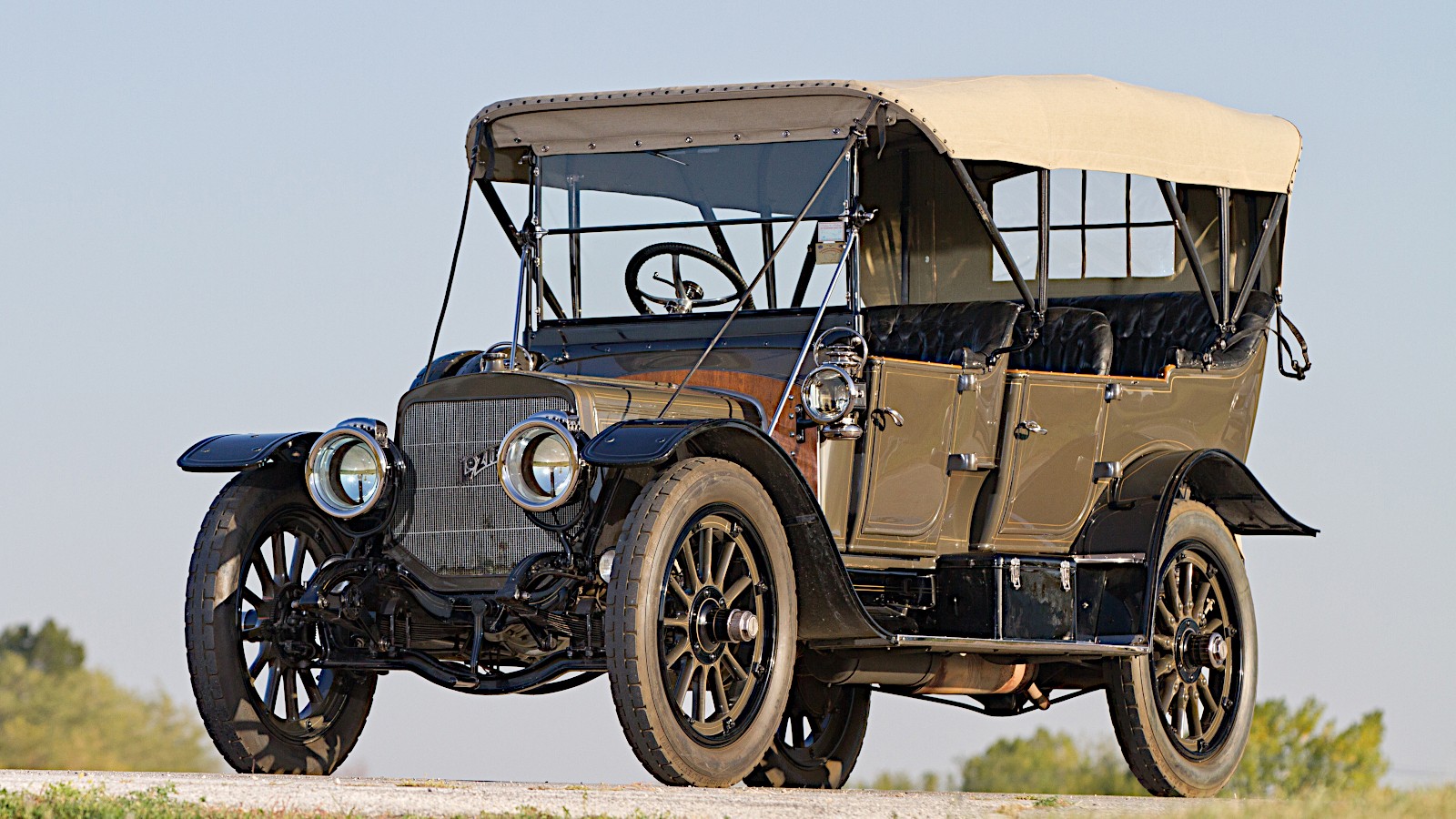 © RM Sotheby’s
© RM Sotheby’s -
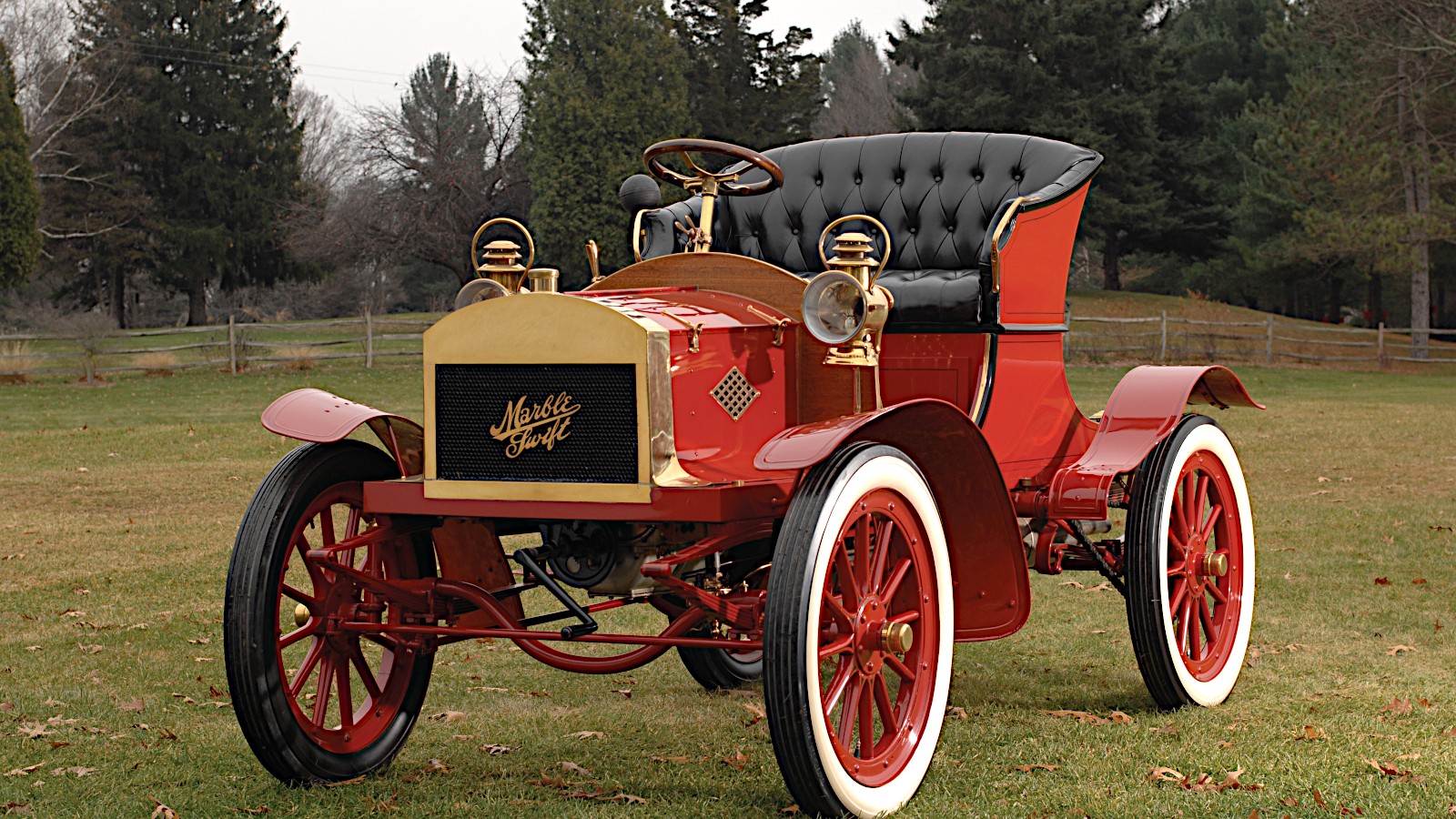 © RM Sotheby’s
© RM Sotheby’s -
 © RM Sotheby’s
© RM Sotheby’s -
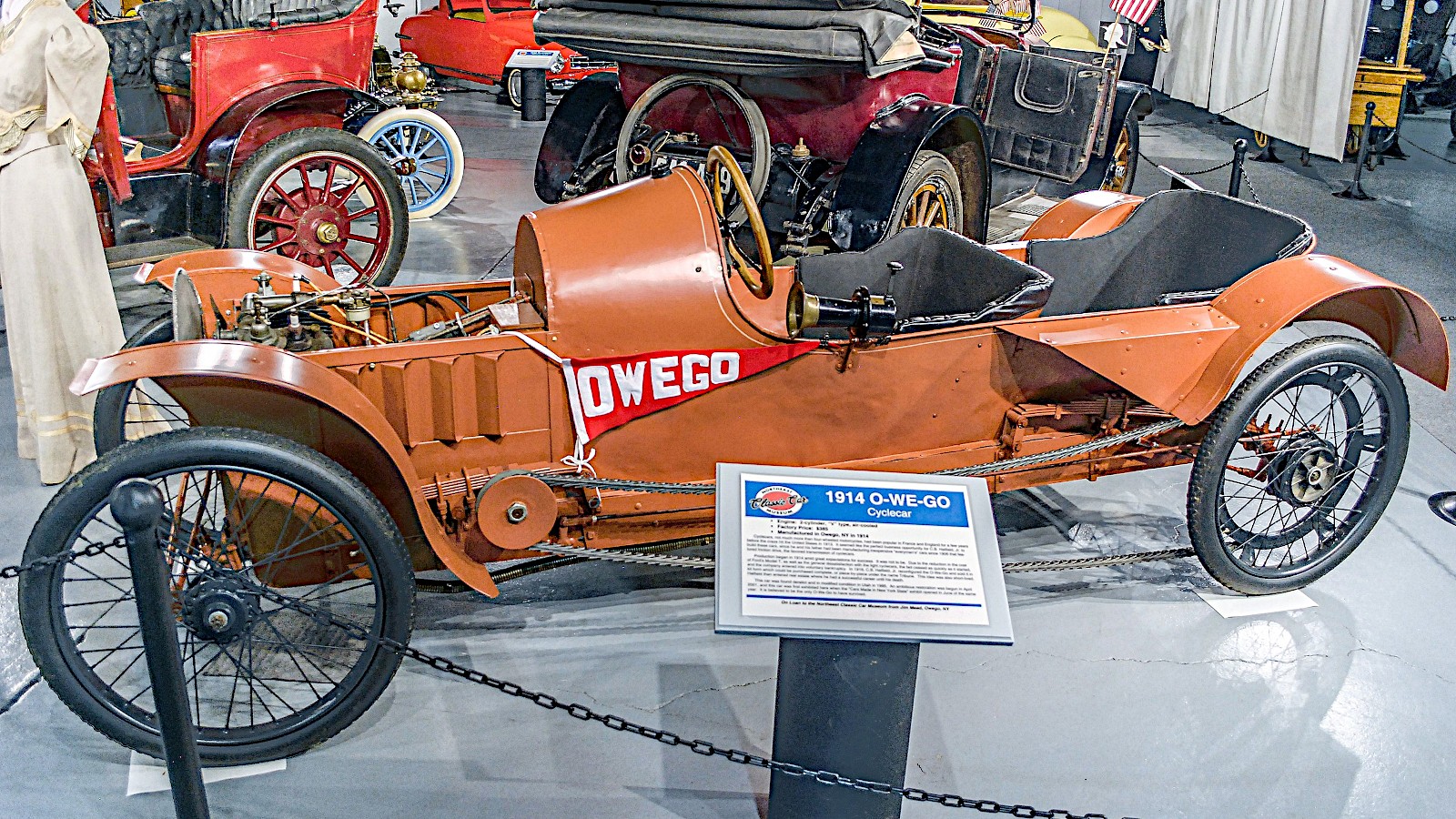 © Aaron Headly/Creative Commons licence https://creativecommons.org/licenses/by-sa/4.0/legalcode
© Aaron Headly/Creative Commons licence https://creativecommons.org/licenses/by-sa/4.0/legalcode -
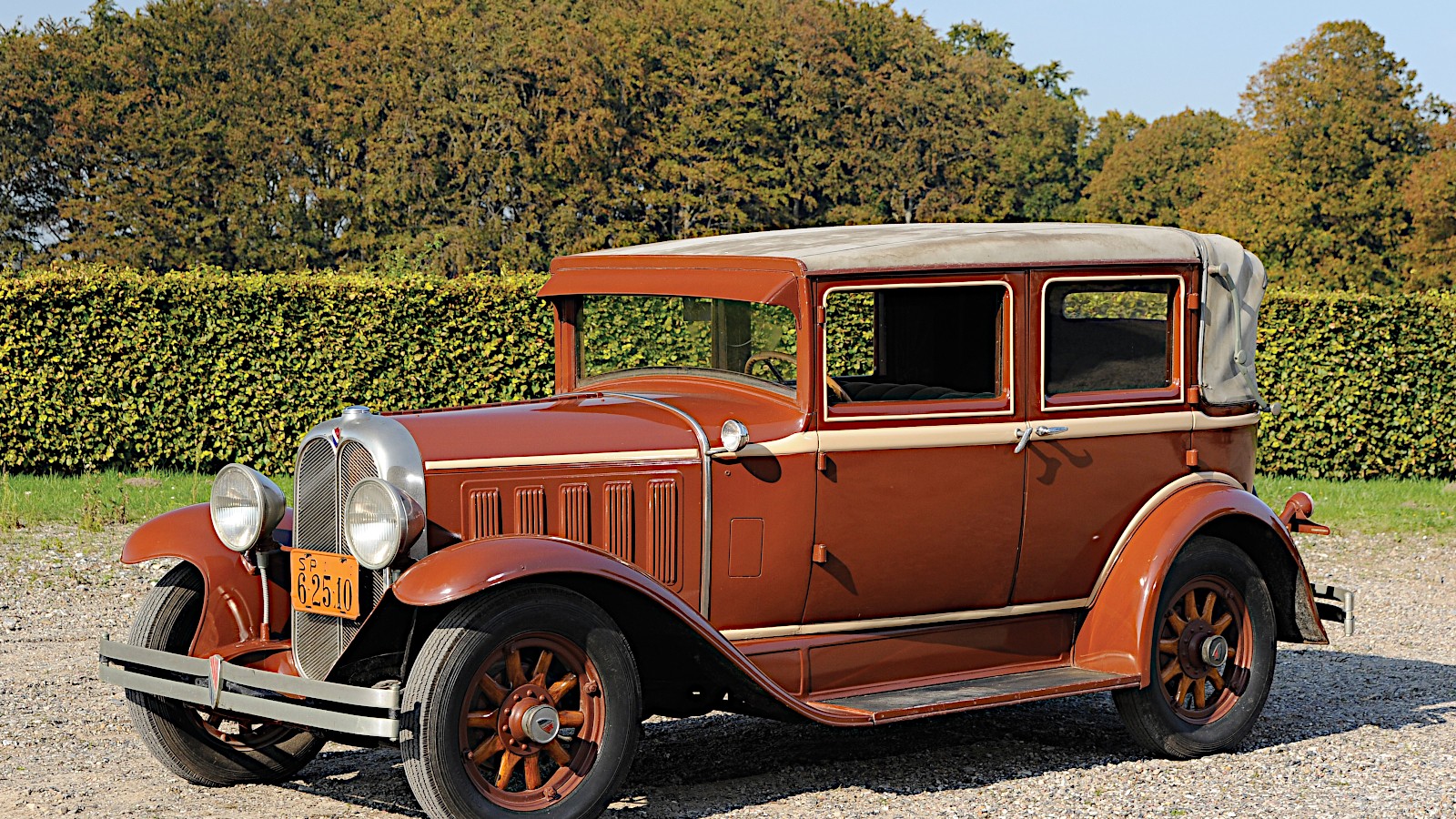 © RM Sotheby’s
© RM Sotheby’s -
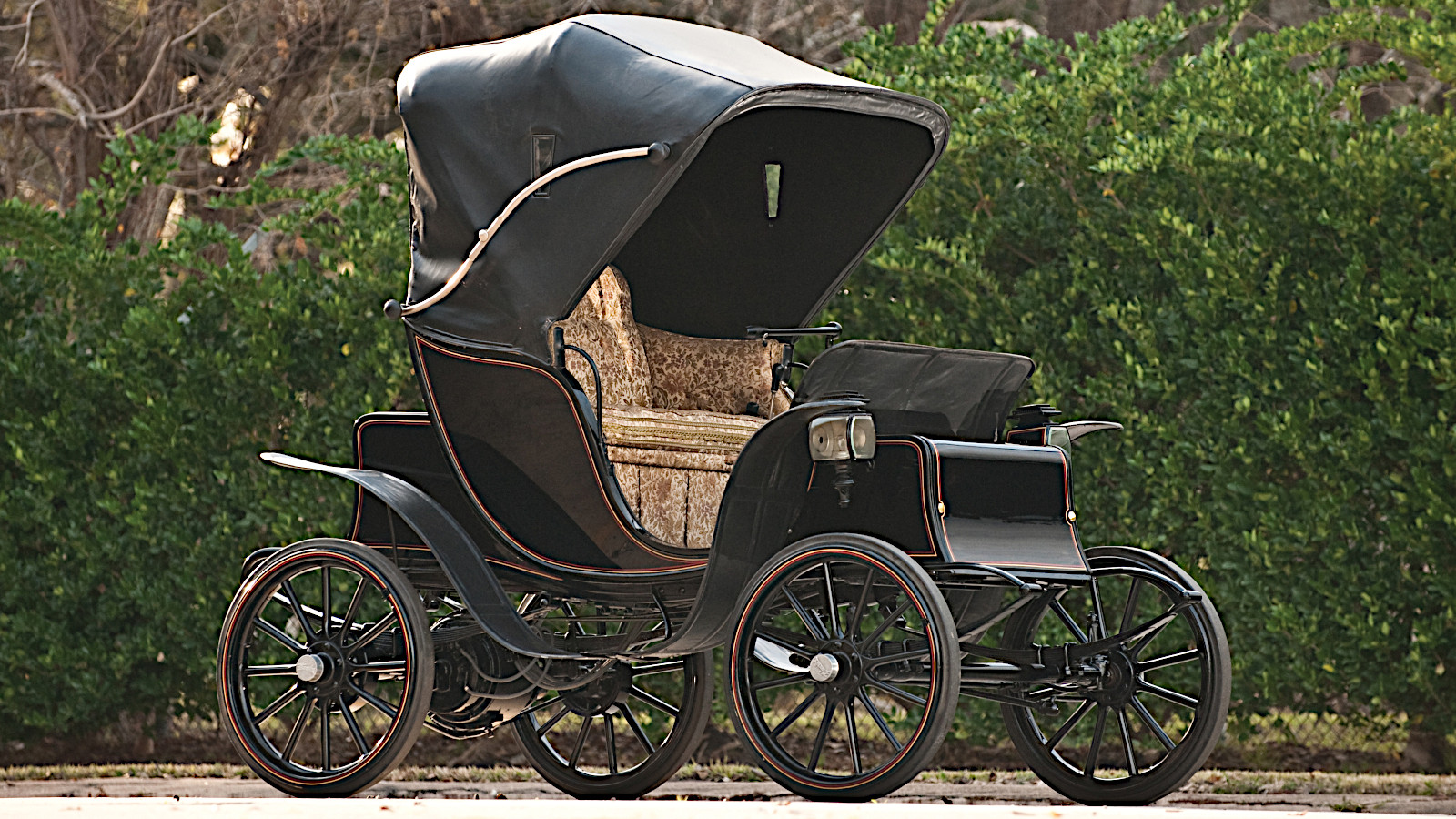 © RM Sotheby’s
© RM Sotheby’s -
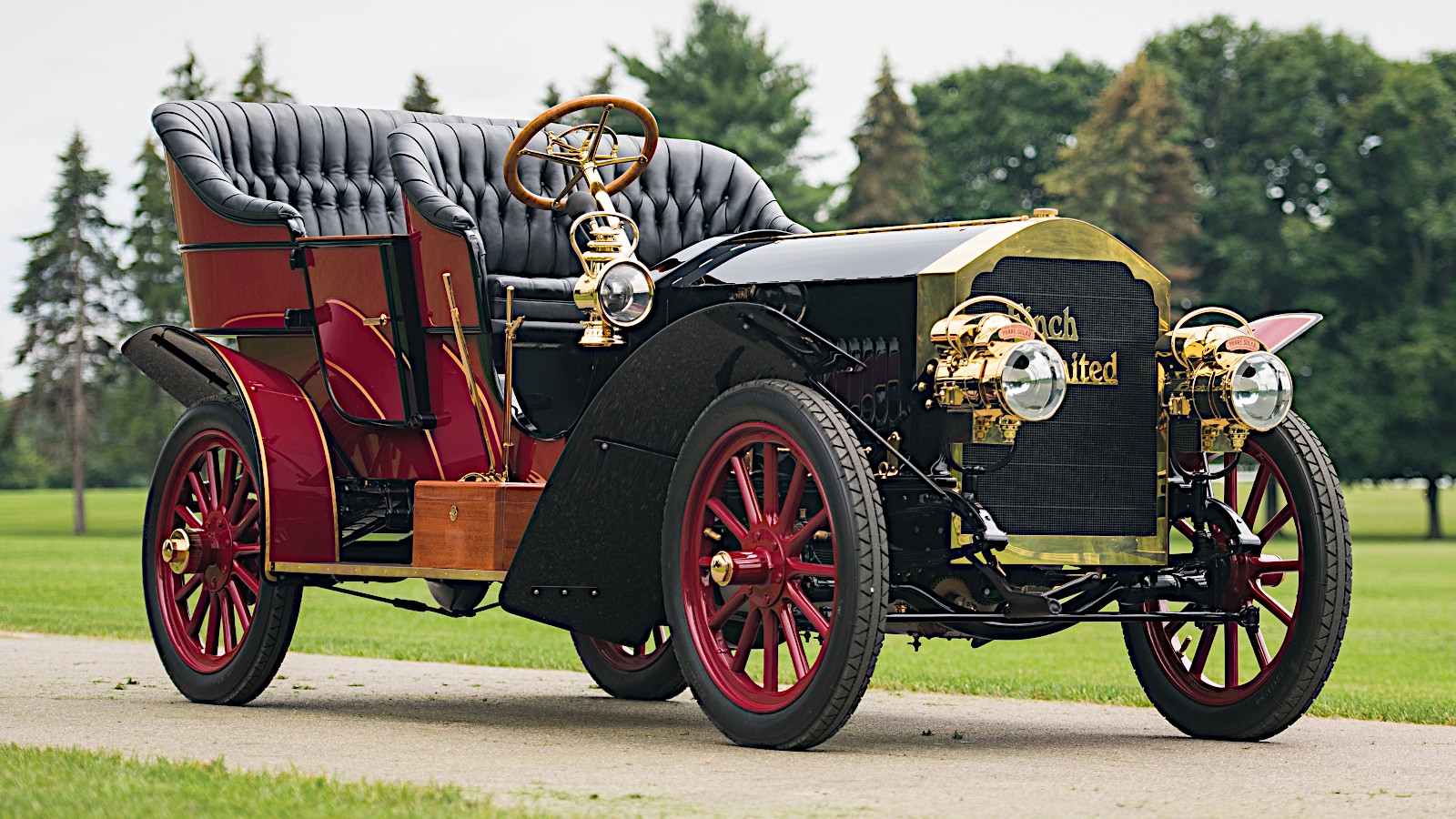 © RM Sotheby’s
© RM Sotheby’s -
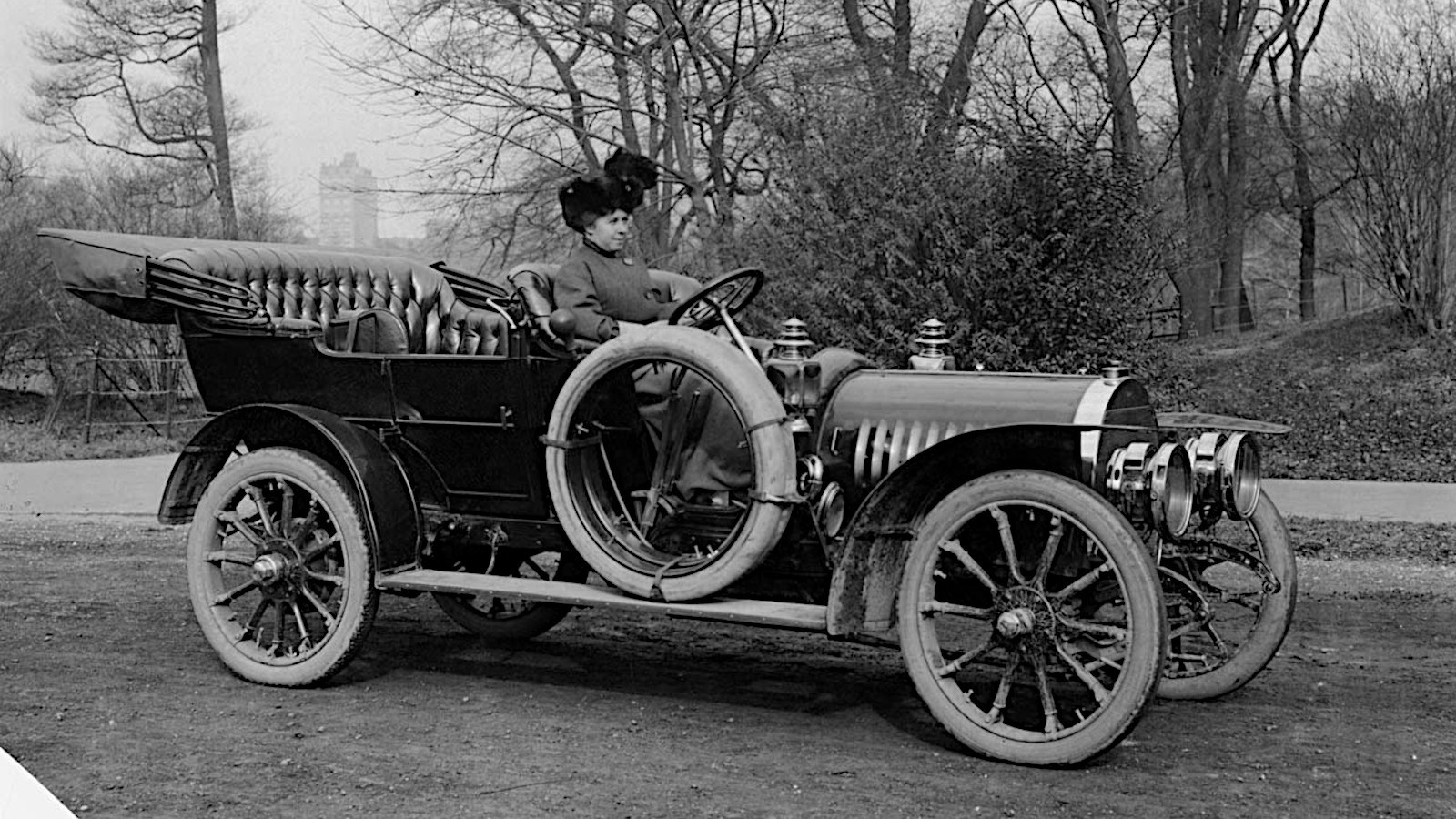 © Public domain
© Public domain -
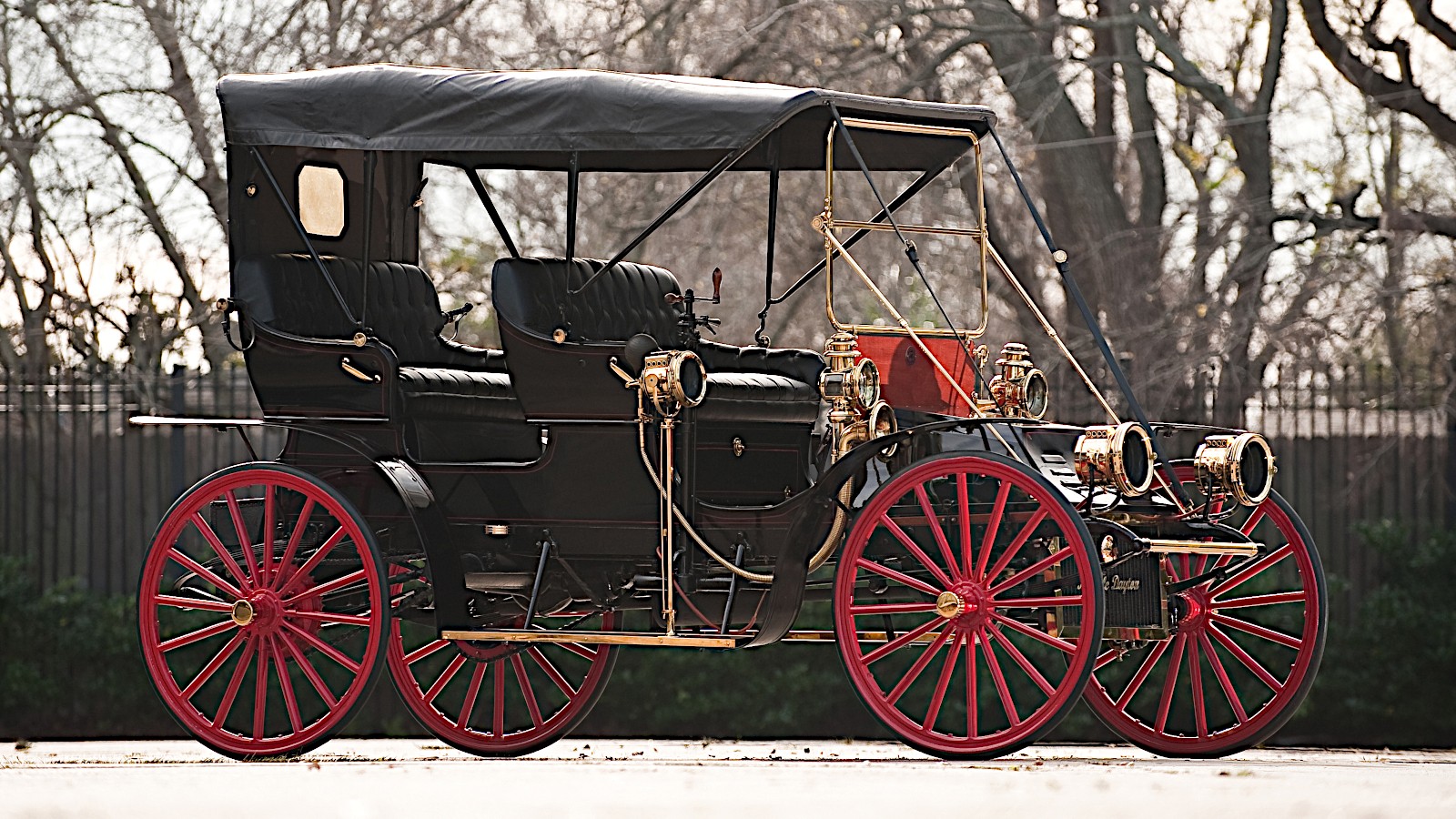 © RM Sotheby’s
© RM Sotheby’s -
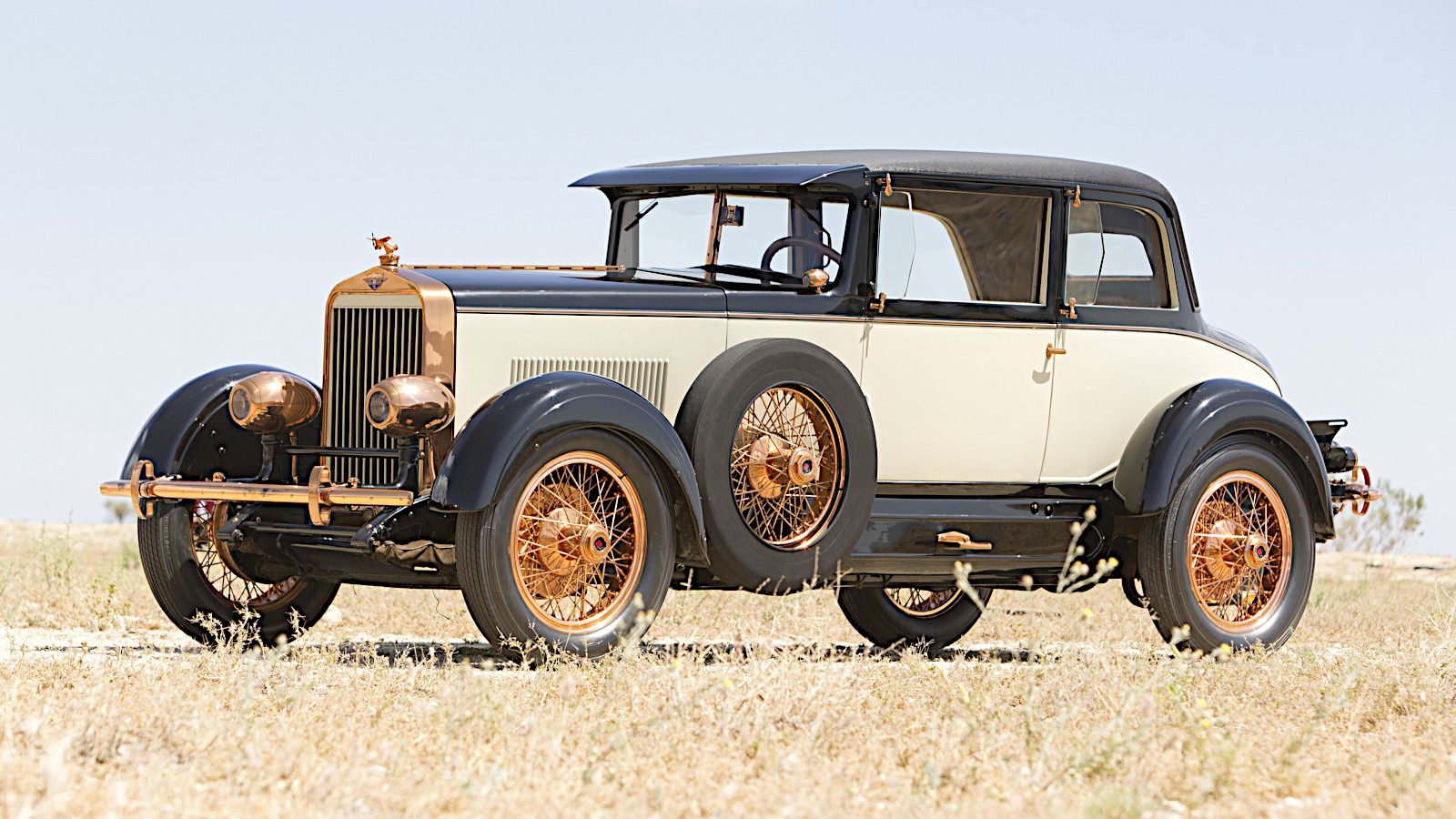 © RM Sotheby’s
© RM Sotheby’s -
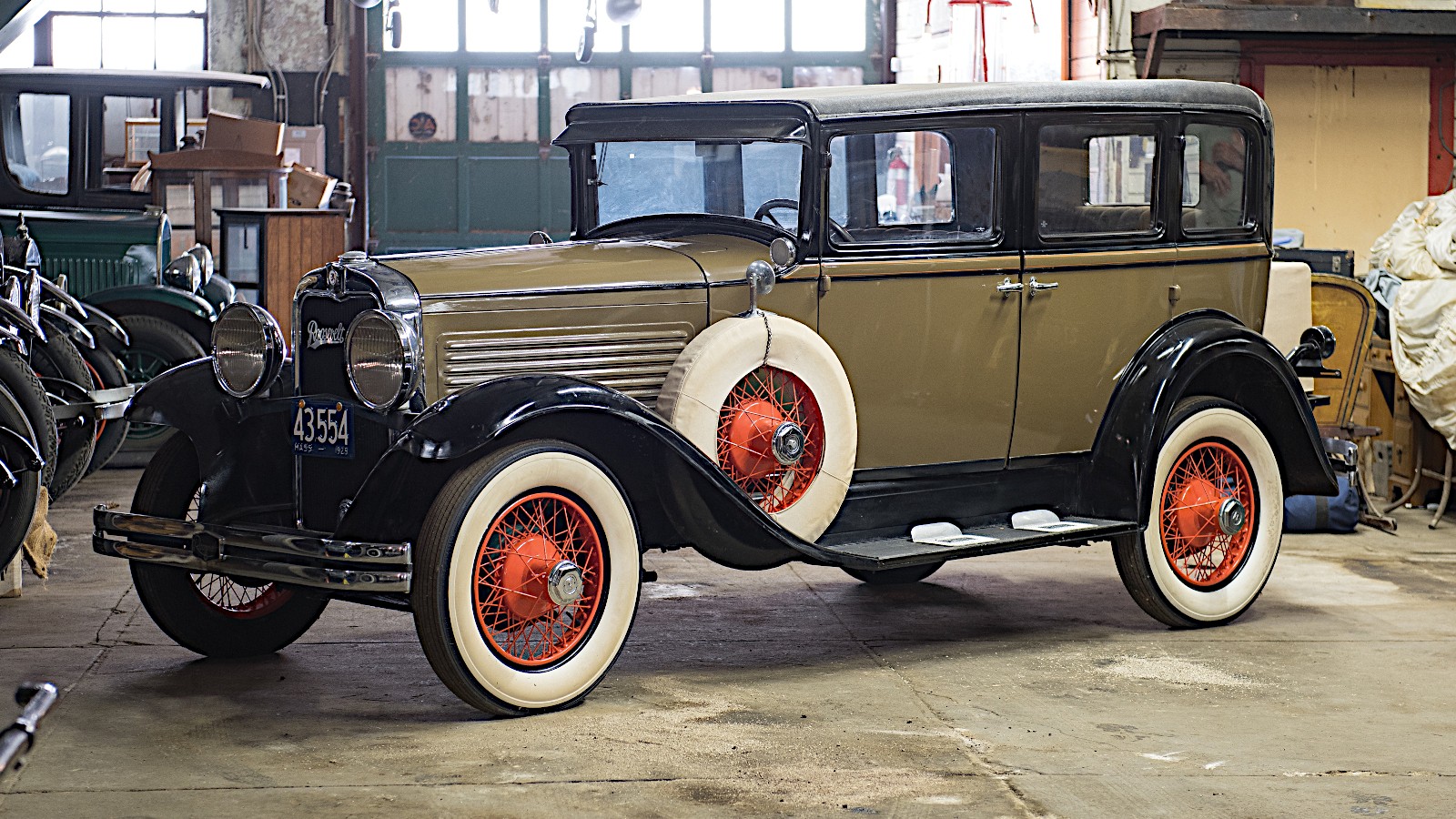 © RM Sotheby’s
© RM Sotheby’s -
 © RM Sotheby’s
© RM Sotheby’s -
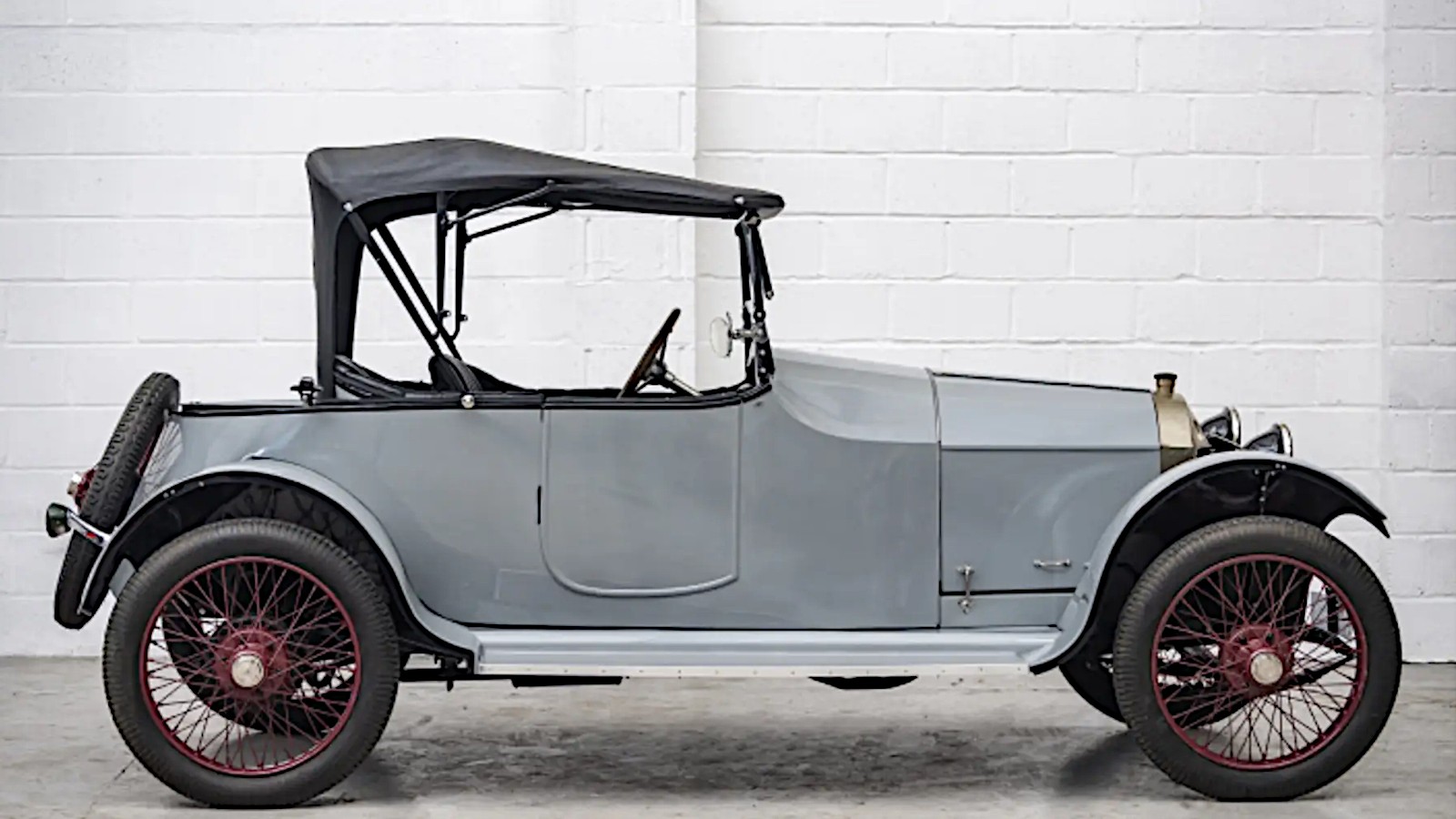 © The Market by Bonhams
© The Market by Bonhams -
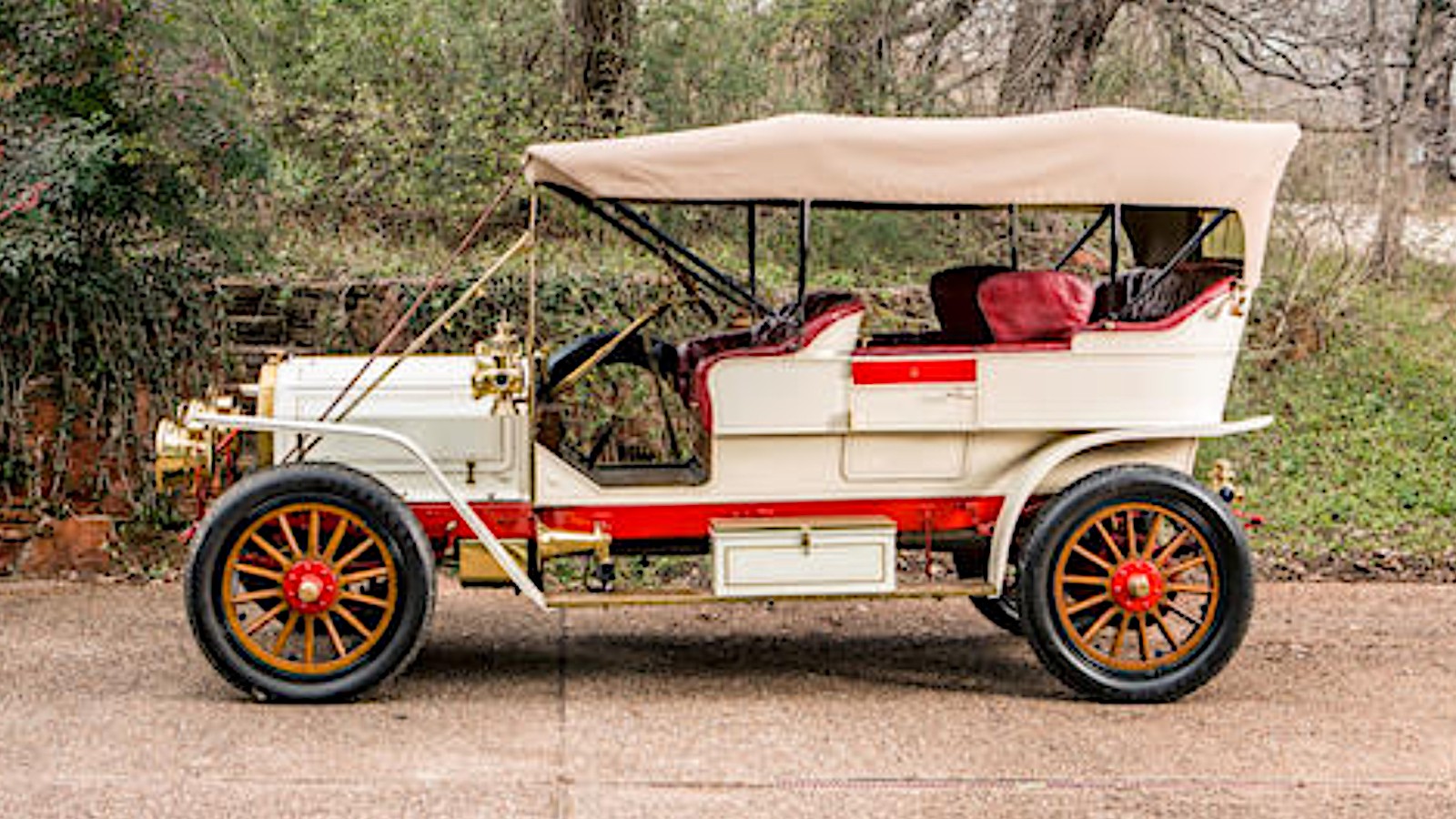 © Bonhams
© Bonhams -
 © RM Sotheby’s
© RM Sotheby’s -
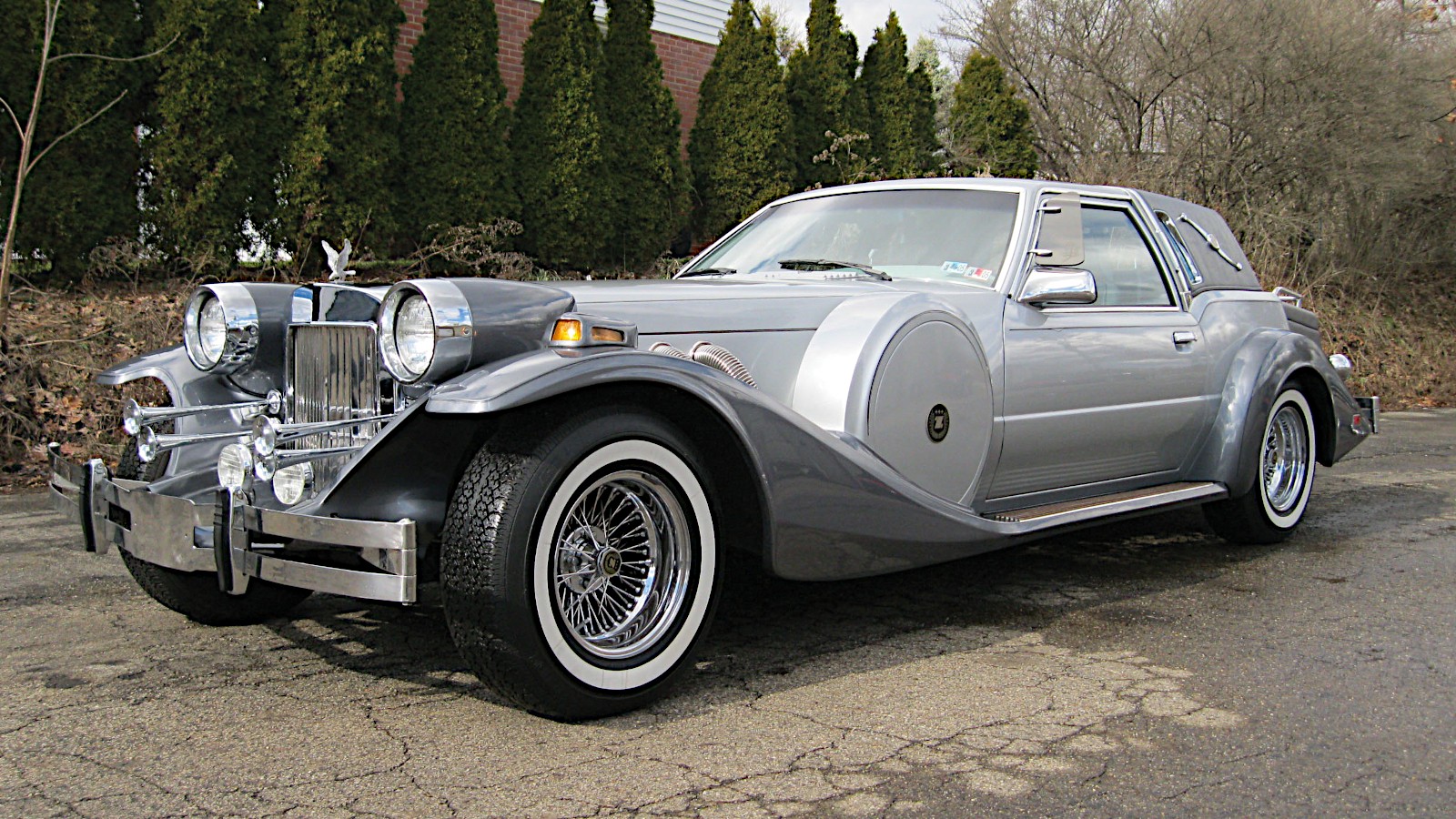 © RM Sotheby’s
© RM Sotheby’s
-
Forgotten American car makers
If you asked anyone who knows anything about cars if they have heard of Ford, Chevrolet or Jeep, they would probably retort saltily, “Of course I have.”
Far fewer people are aware of Studebaker, Nash or Tucker, but you will still receive some positive responses.
The game becomes more interesting when you start referring to US marques which have become footnotes in automotive history. There are a great many of these, nearly all of them almost completely unknown, even by motoring experts.
Here we present a representative 40, listed in alphabetical order. If you’re aware of even one, you are a knowledgeable and cultured reader, and we salute you for that.
-
1. Abbott-Detroit
Abbott-Detroits were manufactured in the city they were partly named after for about 10 years from 1909.
It produced several luxury cars in that period, one of the later ones being the 6-44 roadster pictured above.
An earlier Model 30, nicknamed the ‘Bull-Dog’, was taken on what should have been a 100,000-mile road trip around North America. It completed only half the distance, but this was still a splendid effort for 1911.
The brand name was later shortened to Abbott (after company founder Charles Abbott), though most of the cars were built and sold during the Abbott-Detroit era.
-
2. Apperson
Elmer and Edgar Apperson joined forces with Elwood Haynes to form Haynes-Apperson in the late 19th century.
The brothers decided to go their own way with a new company a few years later, at which point Haynes renamed the original after himself.
Both businesses survived into the 1920s, though Apperson lasted slightly longer. Its cars were often given unusual names, including Roadplane and, in the case of the 1919 model pictured here, Jack Rabbit.
Their engines became larger and more powerful as the years progressed. Early models had just two cylinders, but by the time the company folded it had moved on as far as V8s.
-
3. Birmingham
The Birmingham featured a Continental straight-six engine and, impressively for the early 1920s, all-round independent suspension.
This was promising stuff, but the project was scuppered at an early stage due to the chaotic nature of the company responsible for it. Unsavoury events are reported to have included political machinations, a fatal stabbing and an escape through a plate-glass window.
The whole affair collapsed in 1923, after only an estimated 50 cars had been built.
The lady in the picture above (presumably a publicity shot) is Margaret Gorman, who won the first Miss America pageant in 1921. In later life, she was quoted as saying that she was bored of having been Miss America and wanted to forget about it.
-
4. Bour-Davis
This short-lived marque was founded in Detroit in 1916 by advertising executive Charles Bour and engineer Robert Davis, and retained its name even after being taken over two years later and relocated to Shreveport, Louisiana.
It was taken over again five years after that, but production did not survive this second change of ownership.
Most Bour-Davis models were low-priced, but later ones were significantly more expensive, which may have led to the company’s demise.
-
5. Brennan
Founded by Patrick Brennan and based in Syracuse, New York, this company was for a long time a successful manufacturer of engines, finally closing its doors in 1972 after 75 years in business.
Its career as a car builder was much shorter. From 1902 to 1908, it produced a small number of vehicles, each with a flat-twin engine mounted under the floor.
A 1904 Brennan has taken part in the annual London to Brighton Run on several occasions.
-
6. Brush
Alanson Brush’s career included periods working for Buick, Cadillac and Oldsmobile, among other major US automobile manufacturers.
In 1907, he formed a company of his own. The Brush car was powered by a single-cylinder engine, and featured a chassis, wheels and axles made of wood, which led to some criticism.
The company lasted only until 1913, but by that time Brushes had spread far and wide. The car pictured above was in Stockholm no later than 1910, while in 1912 the remarkable Francis Birtles used one to complete the first west-to-east crossing of Australia, starting in Fremantle and finishing in Sydney.
Years later, Birtles said, “As cars went in those days, it was a good car.” But he added, “In these days, a man accustomed to the modern car would scarcely trust such a one as ours to take him on an errand from one suburb to another.”
-
7. Cartercar
Cartercar is perhaps most famous for having been bought by William Durant during the period when he was trying to acquire every car manufacturer within reach for his new conglomerate, General Motors.
Durant was deeply impressed by the Cartercar’s friction-drive transmission, but the GM bosses who kicked him out in 1910 weren’t. By the time Durant bought his way back in with the fortune he had made after founding Chevrolet, the brand had been discontinued.
Founder Byron Carter knew nothing of this. In 1908, he had suffered fatal injuries when an attempt to crank-start a car went disastrously wrong. His death is often cited as an inspiration for the development of the electric starter.
-
8. Chandler
Frederick Chandler’s company made a name for itself by producing high-quality cars at mid-range prices.
This lasted until the late 1920s, when financial difficulties obliged Chandler to sell out to rival manufacturer Hupp.
Hupp only wanted the company for its factory, so Chandler production came to an abrupt halt.
A stripped-down Chandler fitted with a Curtiss aero engine competed successfully in South America for several years.
-
9. CitiCar
By no means all of the makes on this list are little-known because they haven’t been around for a long time.
The CitiCar was in production as recently as the 1970s. Perhaps unfortunately, it was not marketed under the name of its builder, the resounding Sebring-Vanguard.
Despite this, along with its tiny dimensions, its strange looks and the fact that it was powered – unfashionably for the time – by an electric motor, the CitiCar was very successful, perhaps partly because of rapidly rising oil prices.
A remarkable 4444 were built before Sebring-Vanguard sold the design to another company, which remarketed the strange little vehicle as the Comuta-Car. Despite their popularity in their day, they are little-known now.
-
10. Clénet
Several companies have specialised in creating modern cars which look as if they were built in the 1930s (the UK’s Panther being one example), but this is a niche market which rarely comes into the consciousness of the general motoring public.
This applies to the models built by California’s Clénet Coachworks, of which 250 were manufactured in the 1970s and 1980s.
The cabriolet pictured here (the 67th Clénet produced) approximately resembles the sort of thing that might have been built nearly half a century earlier if seen in the dusk with the light behind it, but it had modern mechanicals, including a 5.7-litre Ford Cleveland V8 engine.
-
11. Columbia
Several early American companies were patriotically named Columbia, though in no case did this lead to long-term success.
The first was created by bicycle magnate Colonel Albert Pope, of whom we’ll be hearing more later.
Columbia’s earliest models (including the 1899 Landaulet pictured here) looked as if they were missing a horse, and were powered by electricity.
The brand then switched to internal combustion engines before fading away in 1910. An unrelated Columbia was established later in the same decade, only to close in the mid 1920s.
-
12. Dale
If the Dale had really been what it was claimed to be, you would know all about it.
According to statements by its manufacturer, the Twentieth Century Motor Car Corporation, the tiny three-wheeled Dale had an almost indestructible body and an air-cooled flat-twin BMW engine which allowed for a top speed of 85mph and fuel economy of 70mpg.
While this was very much contrary to US buying trends in the 1970s, it had a certain appeal in the aftermath of the global fuel crisis.
Nothing came of it, though. The best-remembered part of the story was the arrest and conviction, on charges of fraud among other things, of Twentieth Century’s founder Liz Carmichael, for whom the description ‘colourful character’ is quite insufficient.
-
13. De Schaum
Operating seven decades before the Dale flashed into and out of existence, William Schaum was slightly less colourful than Liz Carmichael would prove to be, but it was a close-run thing.
One of his attempts to break into the motor industry was the formation of the De Schaum company in 1908. Its car was what was then known as a high wheeler, and it was very unsuccessful.
However, Schaum deserves some credit for his naming policy. For some reason, he decided to call his creation Seven Little Buffaloes.
Against strong opposition from the Brasinca Uirapuru, the Deep Sanderson and the Tang Hua Book of Songs, this is one of the best names anyone has ever come up with for a car.
-
14. Detroit Electric
Around the turn of the 20th century, it wasn’t clear whether powering a car with a steam engine, an internal combustion engine or an electric motor was the way forward.
As its name suggests, Detroit Electric went for the third option. This was common at the time. What was less common was that the brand stuck with it for three decades.
It was established in 1907, and was still doing well when the very old-fashioned looking Model 93 pictured here was built in 1922.
Sales dropped after that, but Detroit Electric did not build its last car until as late as 1939.
-
15. Durant
Following his second and final defenestration from General Motors, William Durant set up a new company bearing his own name.
The 1923 model, pictured here, was one of its first cars. Other brands such as Star and Locomobile were added to Durant Motors, in an apparent attempt to emulate GM.
It didn’t work. Durant was once again trying to expand too quickly and this, combined with the Great Depression, led to the failure of both the brand and the company after just 10 years.
-
16. Elcar
In response to a change in public demand, the Elkhart Carriage Company began manufacturing cars in the first decade of the 20th century, and later used Elcar as a brand name.
Elcars were regarded as high-quality vehicles, but the lack of a strong dealer network caused problems.
In 1928, when the handsome, Lycoming straight-eight-engined Model 91 pictured here was built, the company was already heading for trouble.
The Great Depression made matters even worse – by the end of 1931, Elcar was gone.
-
17. Flanders
After two years working for Ford, Walter Flanders set up a new company called E-M-F with Barney Everitt and William Metzger in 1908.
Its most successful model, marketed under the name of Flanders, was pitched directly against the Model T. Ford’s dominance of the market led to an inevitable result, and E-M-F was taken over by Studebaker in 1910.
Walter Flanders later created Maxwell from the remains of the United States Motor Company. It was taken over in 1920 by Walter Chrysler, who reorganised it as the Chrysler Corporation five years later.
-
18. Glasspar
Californian Bill Tritt set up the Glasspar company in the 1940s to build yachts and car bodies, based on his experience of working with glassfibre.
The Glasspar G2 was available as a body to which customers could fit their own mechanicals from a donor car, but it was also sold as a complete vehicle.
This project did not last long, but the G2 has an important place in history.
It is credited with being the first American car with a glassfibre body, predating the original Chevrolet Corvette by several years.
-
19. Grout
William Grout made so much money from the New Home sewing machine company (whose annual sales were in the millions) that he was able to finance his sons’ venture into car manufacturing, which began in 1896.
Unusually, Grout produced both steamers and petrol-fuelled cars at more or less the same time, before finally settling on the latter. It also built fire engines and commercial vehicles.
Although the company did well, the two generations of Grout involved did not always see eye-to-eye on business matters.
Grout came to an end in 1912, reputedly after several years of financial disarray.
-
20. Herreshoff
Charles Herreshoff, an American of German descent, was born in France and received some of his education in Scotland. To extend the geography still further, he married and divorced Elizabeth McCormick, who went on to become the First Lady of Guam.
Herreshoff followed his ancestors into the yacht business, and later designed houses in Spanish and Italian styles.
In addition to all that, he founded a car company bearing his own name. Several models were produced, with a variety of body types and engines.
Although not outstandingly short-lived by the standards of the time, the Herreshoff brand was in operation only from 1909 to 1914. Even American classic specialists might go a lifetime without seeing one of its cars.
-
21. Jeffery
The story of the Jeffery brand is far shorter than that of the company which produced it.
Thomas Jeffery and his son Charles built cars called Rambler from 1902. Thomas died in 1910, and within five years Charles renamed the brand after his family.
This arrangement lasted for only a short time. After surviving the sinking of the Lusitania in 1915, Charles lost interest in business and sold his company to Charles Nash, who renamed it after himself.
Rambler was used as the model name for a very popular Nash of the 1950s, but the Jeffery badge disappeared.
-
22. Kearns
In 1909, investor Maxwell Kearns reorganised one of several short-lived American manufacturers called Eureka and applied his own name to it.
The cars changed very little. Eureka had specialised in what were known as motor buggies, with air-cooled engines mounted under the seats, and Kearns continued in this vein.
The Kearns company later tried out other types of car, but in 1916 it abandoned that side of the business in favour of commercial vehicles.
-
23. Liberty
Percy Owen created Liberty in 1916 with a lot of money and an impressive group of executives.
This was an excellent start, and it was followed by the construction of some high-quality, mid-priced cars. It must have seemed unlikely that anything would go wrong.
However, when the Liberty Six Special Touring pictured here was built in 1922, Liberty had invested heavily in a new factory smack in the middle of a major recession.
This mis-step led to a collapse. Liberty was saved only through being acquired by Columbia Motors in 1923. A year after that, Columbia also fell.
-
24. Lone Star
By its name alone, it should be obvious that Lone Star was based in Texas.
However, its cars – the Beauty Four pictured here and the more powerful Beauty Six – were actually built by Piedmont in Virginia.
Strictly speaking, Piedmont, which performed the same service for other brands, did not manufacture cars, but assembled them from parts supplied by other companies.
Useful though it was for a time, this arrangement made Lone Star very vulnerable. When Piedmont went bankrupt in August 1922, it marked the end of the road for the Texan marque.
-
25. Lozier
The extremely high price of Lozier cars was justified by the fact that they were beautifully built and as luxurious as anything on the US market.
They were also very fast. In 1911, Ralph Mulford’s racing version finished within two seconds of winner Ray Harroun’s Marmon in the Indianapolis 500, despite (according to contemporary reports) having to stop 14 times for tyre changes to the Marmon’s four.
Two years later, Lozier received a major blow when designer Frederick Chandler left to form his own luxury car company, taking several other employees with him.
The end was near. Lozier survived only until 1915 before being declared bankrupt.
-
26. Marble-Swift
George Marble and George Swift patented a friction-drive transmission which had no conventional gears and did not require a clutch, and then designed a car to take it.
It was introduced in 1903, and the advertising was based almost entirely on the transmission, which was said to be both quiet and strong. Repairs, the makers claimed, would cost only five dollars over five years.
For one reason or another, the project did not really take off. Marble-Swift production ended in 1905.
-
27. McIntyre
The enterprising William McIntyre was at one time the president of a bank, and was also instrumental in bringing electricity, running water and gas to DeKalb County, Georgia.
In 1907, he combined his interest in building cars for his own use with the acquisition of the Kiblinger company, which built buggies.
Under his ownership, Kiblinger began to manufacture small high-wheeler cars. The name was changed to McIntyre the following year.
McIntyre would go on to produce everything from a popular cyclecar to a powerful six-cylinder model until 1915. The company failed that year, partly due to collapsing interest in cyclecars.
-
28. O-We-Go
The O-We-Go was named after the place it was built. Owego (derived from the Iroquois word ahwaga, which means ‘the valley widens’) is a village in Tioga County, New York, awarded the title of Coolest Small Town in the United States in 2009.
By the time that honour was bestowed on Owego, the O-We-Go had been gone for nearly a century.
It was a tiny cyclecar with either one or two seats according to customer choice, a 1.1-litre V-twin engine and friction-drive transmission (‘innumerable forward speeds and one reverse’, according to the brochure).
It was produced only in 1914, when American customers were starting to realise they didn’t like cyclecars. Regardless of how many seats it had, the O-We-Go cost $385, or $405 if you wanted a roof. In the same year, the base price of a Ford Model T was only slightly higher at $440, and that was a ‘real’ car.
-
29. Oakland
In the 1920s, General Motors created its companion makes programme, in which each of four existing marques would be joined by a new one occupying a slightly different position in the market.
Most of the companions came and went very quickly. While Buick and Cadillac are still around, and Oldsmobile survived into the 21st century, their equivalents (Marquette, LaSalle and Viking) were all gone by 1941.
There was one exception. Oakland, founded in 1907 and incorporated into GM two years later, was completely swamped by its new companion, Pontiac.
Of the original makes, Buick, Cadillac and to an extent Oldsmobile are still very well known to the general public. Far fewer people will be aware today of Oakland, which was abandoned in 1931.
-
30. Pope
Pope was not a single make but a collection of brands created by Colonel Albert Pope, who we met earlier when talking about the Columbia.
These included Pope-Hartford, Pope-Robinson, Pope-Toledo, Pope-Tribune and Pope-Waverley (1906 Victoria Phaeton pictured here).
All this industry came to nothing. The Pope Manufacturing Company filed for bankruptcy in 1915, six years after the death of the Colonel.
-
31. Pungs-Finch
This resounding title combined the surnames of carriage builder William Pungs and his son-in-law, engine manufacturer Edward Finch.
Together, they created some mighty cars. The most impressive – though it seems only one was built – was the 1906 Limited (pictured), which featured a 10.6-litre four-cylinder engine with hemispherical combustion chambers and an overhead camshaft.
What marvels would have followed if Pungs-Finch had remained in business will never be known. The partnership folded in 1908.
-
32. Rainier
Rainier, founded by John Rainier in 1905, specialised in large, powerful touring cars which performed very well in motorsport events.
They were quick enough to impress Joan Newton Cuneo (pictured), one of the finest American racing drivers of the decade, who competed in one in 1908.
A year later, Rainier became one of the many manufacturers incorporated into General Motors by William Durant. In 1911, with Durant in temporary exile from the company he created, those left behind him closed down the brand.
The name was used again for the Buick Rainier SUV produced in the 2004 to 2007 model years, but that was a reference to Mount Rainier, an active volcano in Washington, and not to John Rainier or his cars.
-
33. Reliable Dayton
Chicago-based Reliable Dayton seems to have sought out customers who would have been equally happy with a horse and carriage.
In a 1907 advertisement, it described its first model as “a practical, efficient car, free from fads, theories and experiments”. This very simple machine had solid tyres, a remarkable ground clearance of 22 inches and just two gears – forward and reverse.
The 1909 Model F Surrey pictured here was larger, but only slightly more adventurous.
The policy does not appear to have worked. Reliable Dayton soon folded.
-
34. Rickenbacker
Rickenbacker was founded in 1921 by Barney Everitt and former First World War flying ace Eddie Rickenbacker. Walter Flanders, with whom Everitt had worked on the Flanders car project, was brought in as a director.
A series of touring cars, saloons and coupés (all powered by a 3.6-litre straight-six engine with two flywheels) was launched in 1922. Some had four-wheel brakes, a feature which became available across the entire range the following year.
After a promising start, Rickenbacker was soon beset with difficulties. Flanders died three days after a major car crash in 1923, financial problems became apparent in 1924, and in 1926 several key people, including Eddie Rickenbacker himself, walked out of the company. Everitt, now essentially working on his own, gave up in early 1927.
In a strange coda to the story, engines built to Rickenbacker designs were used to power Audis sold in the late 1920s and early 1930s.
-
35. Roosevelt
The Roosevelt brand was named after the 26th President of the United States.
Powered by a straight-eight engine and priced at a very competitive $995, the Roosevelt was the sole representative of something very like GM’s companion makes, occupying a different (in this case lower) market position than that of its parent, Marmon.
Like most of the GM companions (with the exception of Pontiac), Roosevelt had a very short life.
It was introduced in 1929, and discontinued after only a year.
-
36. Ruxton
By popular account, Ruxton was named after William Ruxton in an unsuccessful attempt to persuade him to invest in the company.
This was possibly just as well for Ruxton. The car was undoubtedly impressive, with front-wheel drive, a 4.4-litre Continental straight-eight engine and extravagant headlight design.
The problem was that the manufacturer was in constant difficulty for more reasons than there are room to explain here.
Production did not start until well into 1930, and the whole sorry business had ground to a halt by Christmas.
-
37. Scripps-Booth
Scripps-Booth (with a hyphen) was founded by the artist James Scripps Booth (no hyphen), who was fascinated by cars and loved to design them.
After building the wildly eccentric one-off Bi-Autogo, a two-wheeler with retractable stabilisers and a V8 engine, he reverted to more conventional practice for the cars he produced under his own name.
These were impressive enough for the brand to be incorporated into General Motors, though only for a few years. Scripps-Booth’s period of existence is not agreed on by all sources, but it was approximately from 1913 to 1922.
Many celebrities are believed to have owned a Scripps-Booth. One who definitely did was Groucho Marx, who bought one secondhand and was disappointed to find that five pushrods fell out almost immediately. As he wrote in his autobiography, Marx returned it to the dealer, who said, “Do you think we’d let that little beauty go for $150 if the pushrods were any good?” and charged him a further $50 for a replacement set.
-
38. Welch
Welch cars were produced by what was initially the Chelsea company (named after the Michigan town where they were built) before this collapsed and reorganised under the name of the brothers who founded it.
Welch produced a great many models, mostly aimed at the luxury market, and was rewarded for its success by being taken over by William Durant of General Motors.
This must have felt like a positive move at the time, but as with many other brands Welch was shut down by the GM board shortly after its members removed Durant from the premises in 1910.
-
39. Wills Sainte Claire
We’ve already encountered some glorious names on this list, and we’re not done yet.
Childe Harold Wills worked for Ford in its early days before leaving to set up a new company.
Its cars, branded Wills Sainte Claire, were beautifully designed, fabulously built and dizzyingly expensive.
Even before the Wall Street Crash and the subsequent Great Depression, their expense was problematic. Fed up of spending more money than he received from customers, Wills closed the business in 1927.
-
40. Zimmer
Like Clénet, Zimmer specialised in building retro-classics, combining design features of earlier times with modern technology.
It was founded in 1978, and produced several dramatic vehicles including the Golden Spirit pictured here and the Quicksilver, a thorough reworking of the Pontiac Fiero.
Zimmer folded in the late 1980s and was reformed under new ownership in 1997.
It was still building cars until quite recently, but its current status is uncertain.
